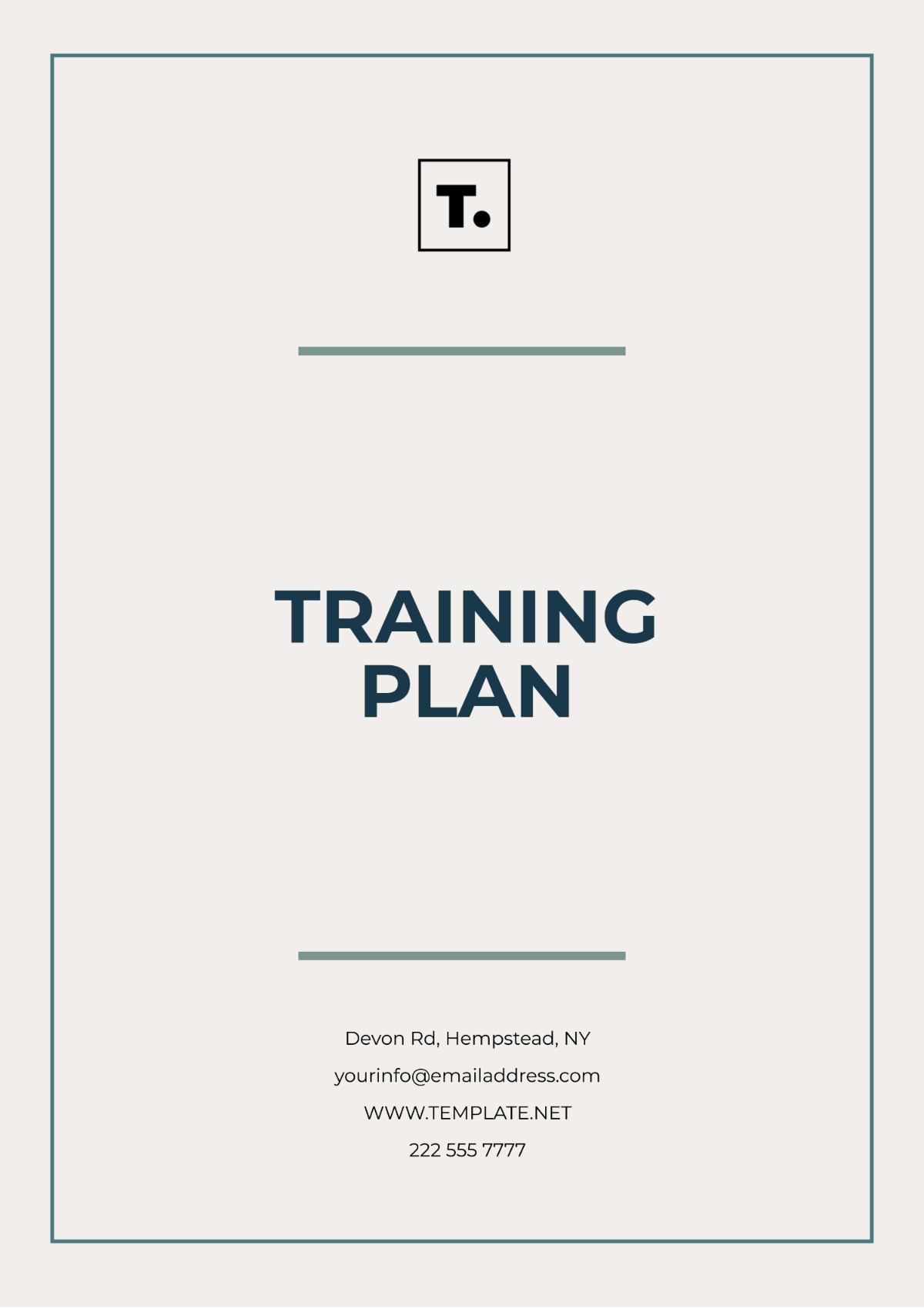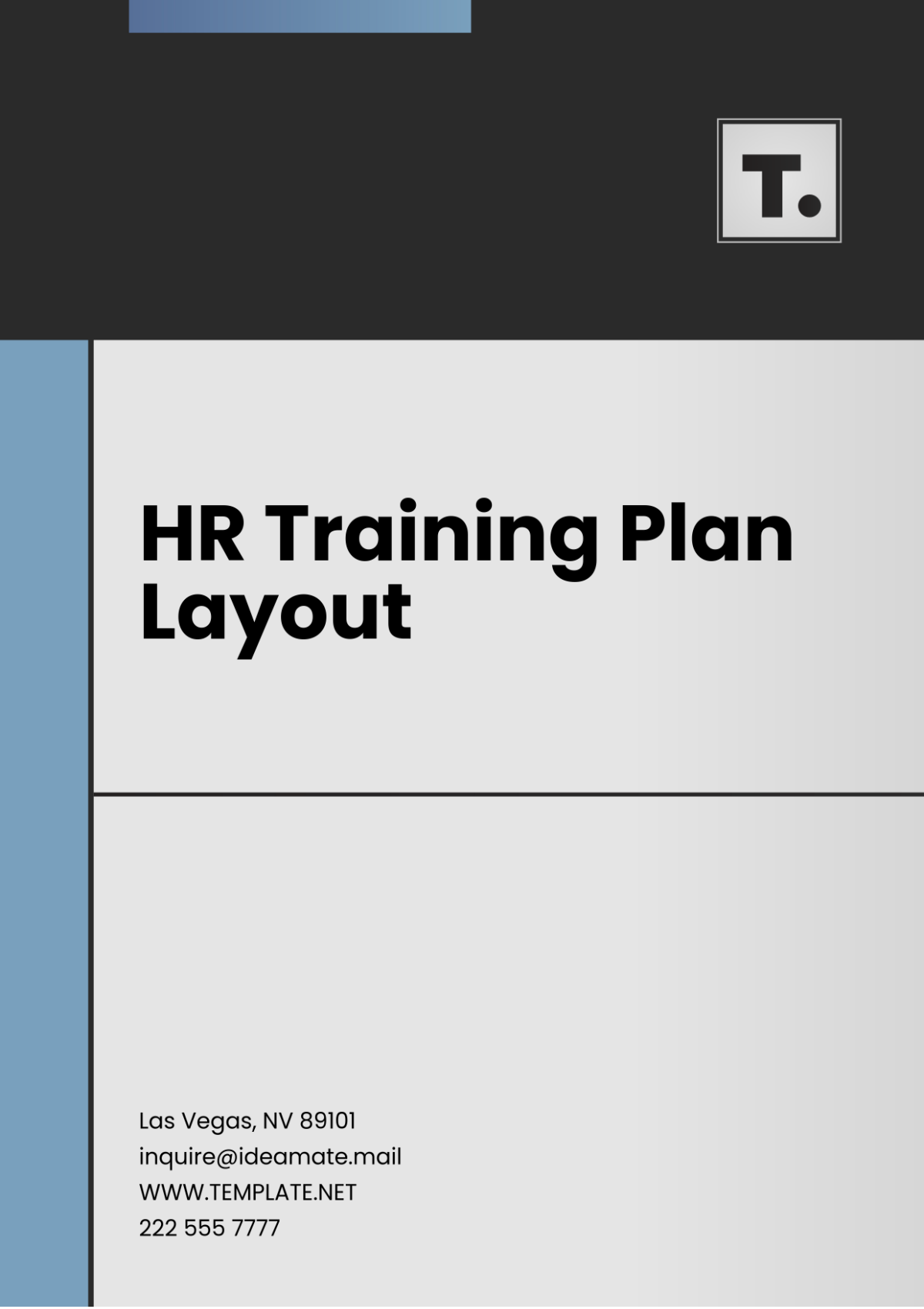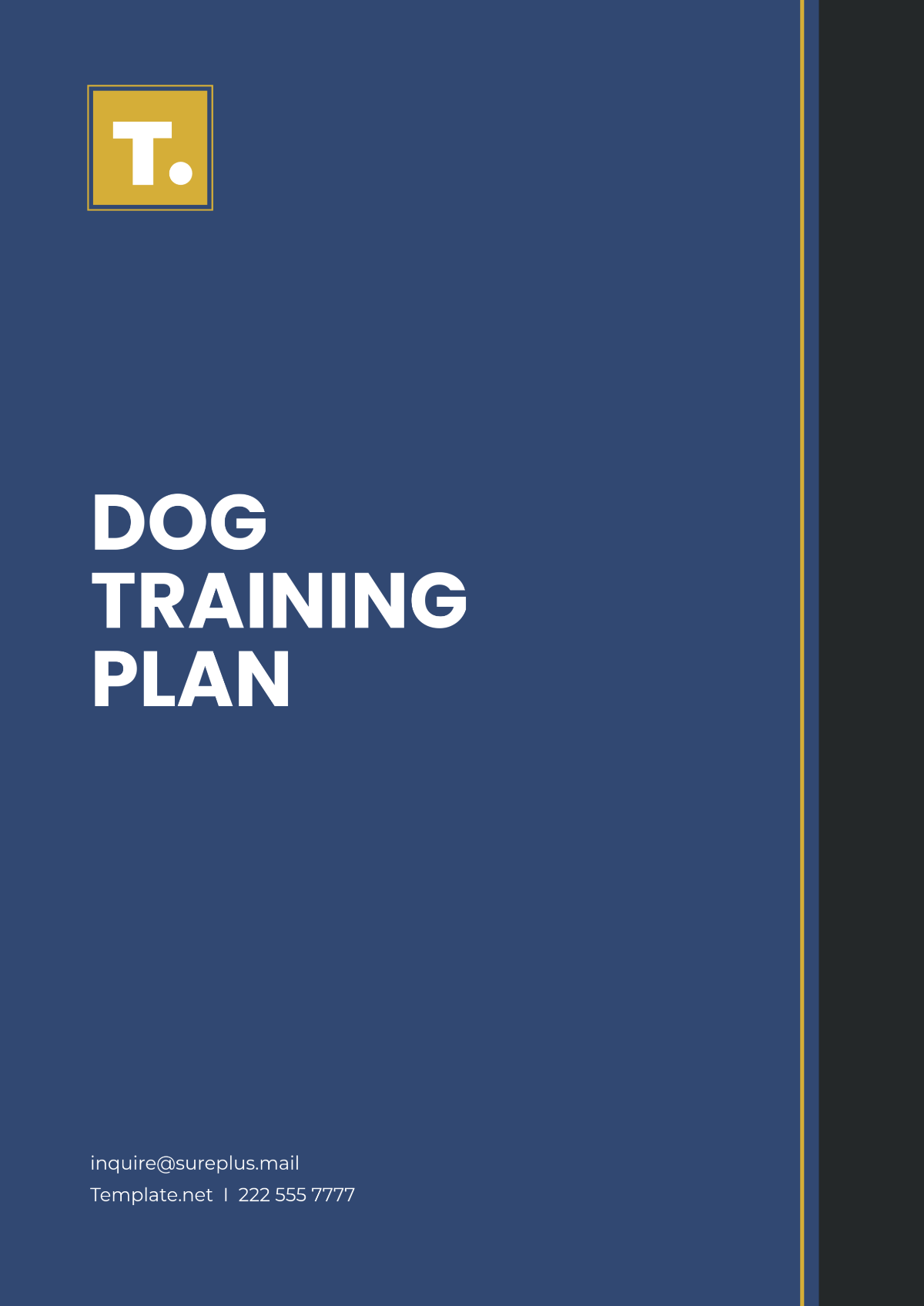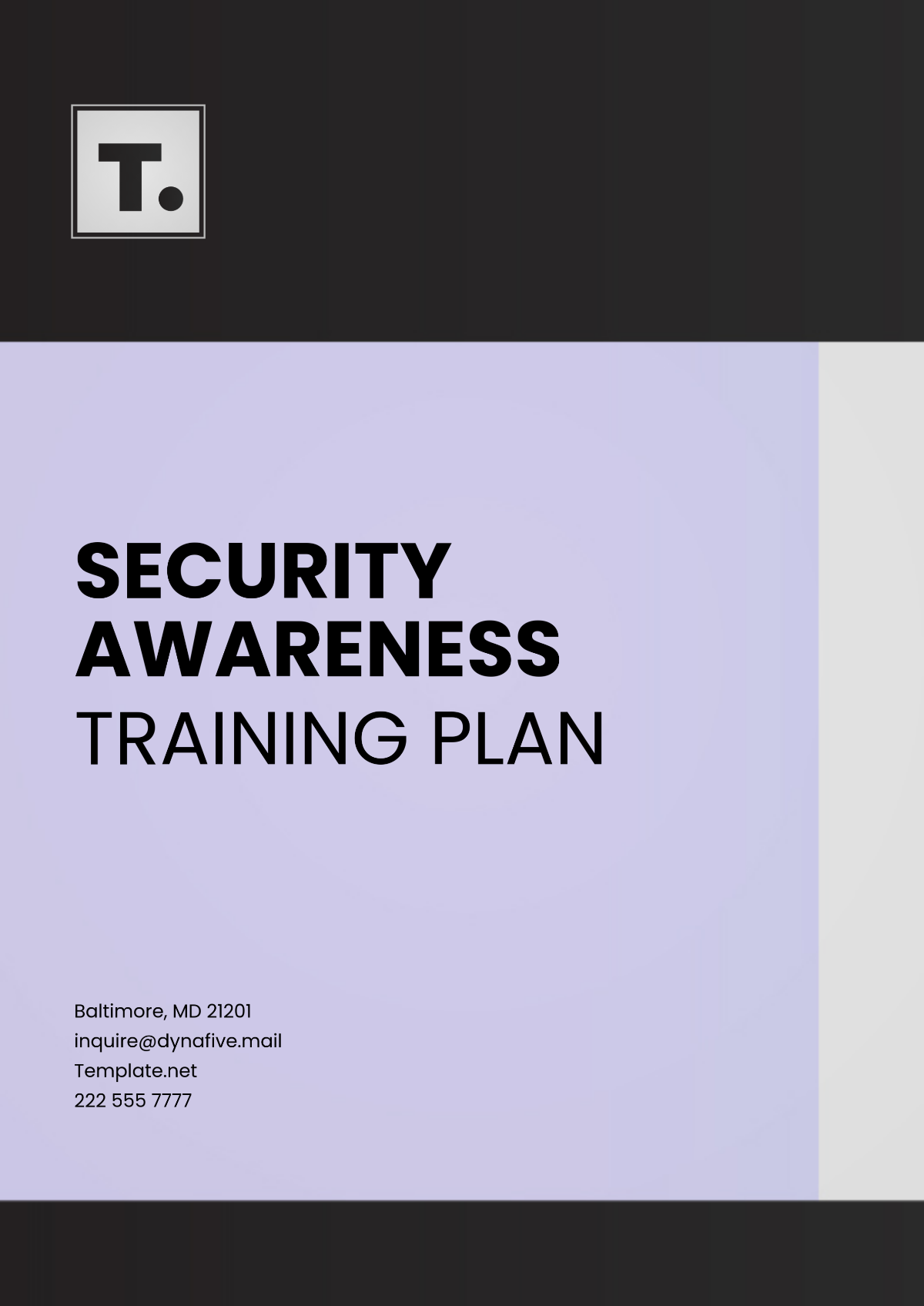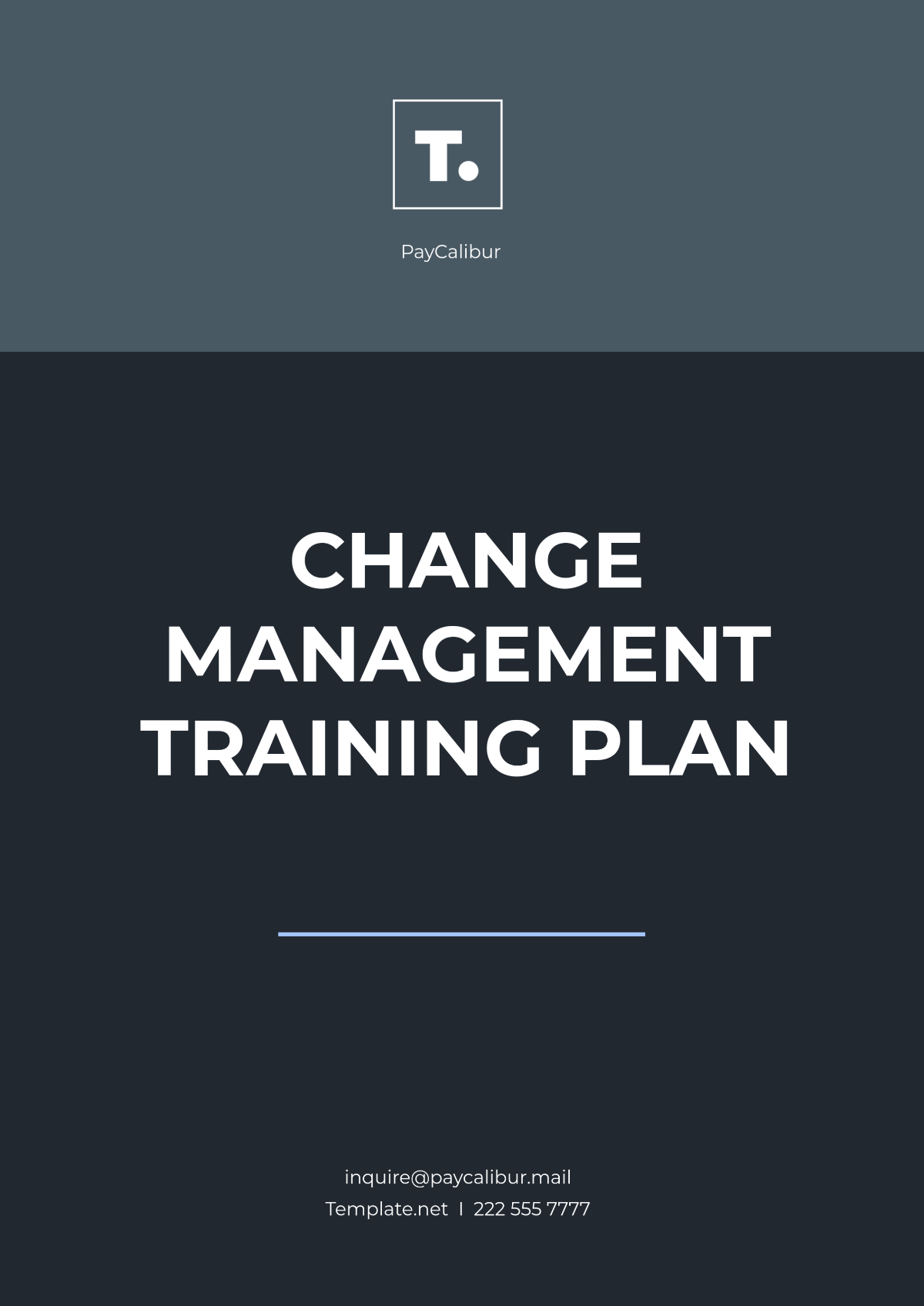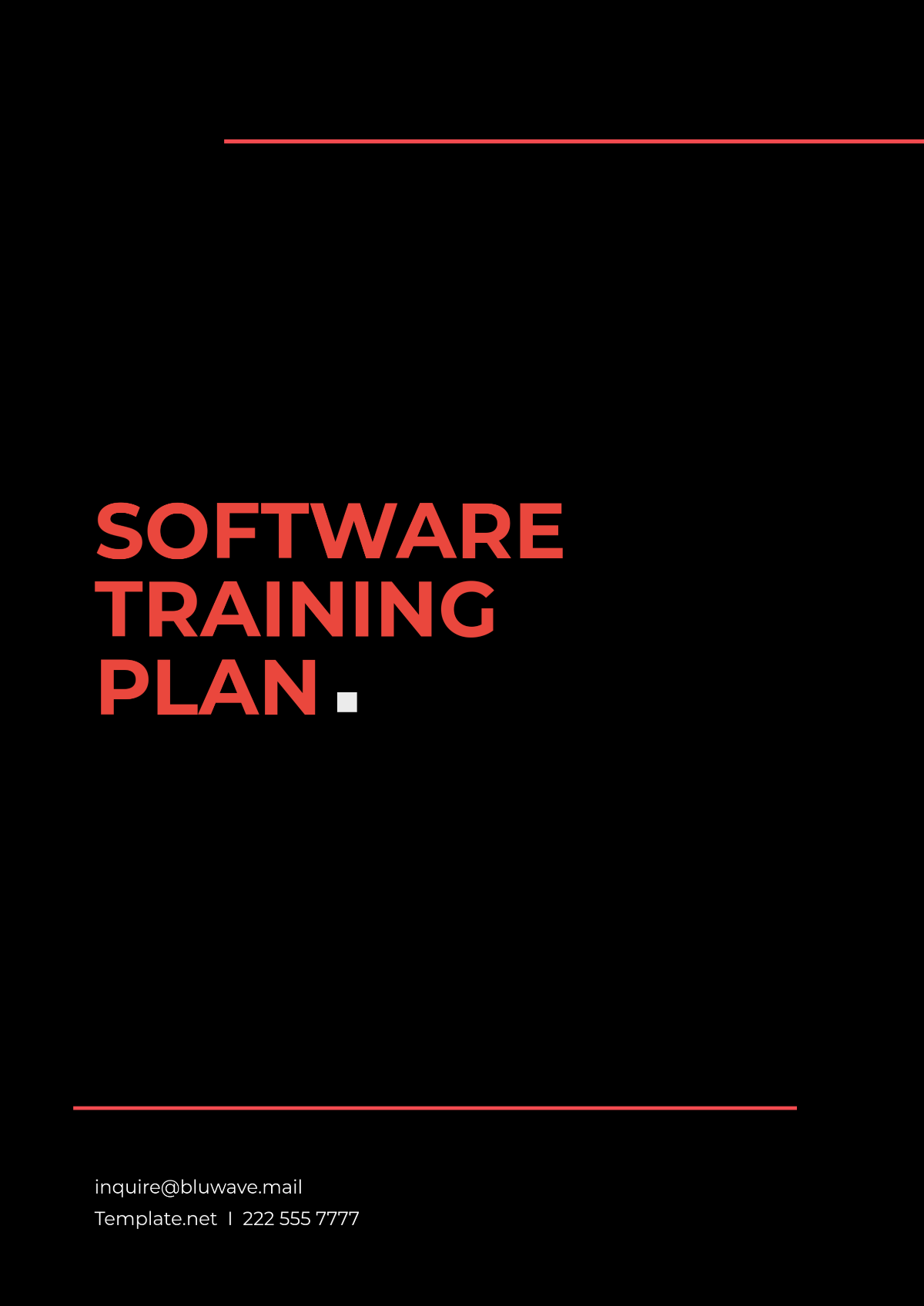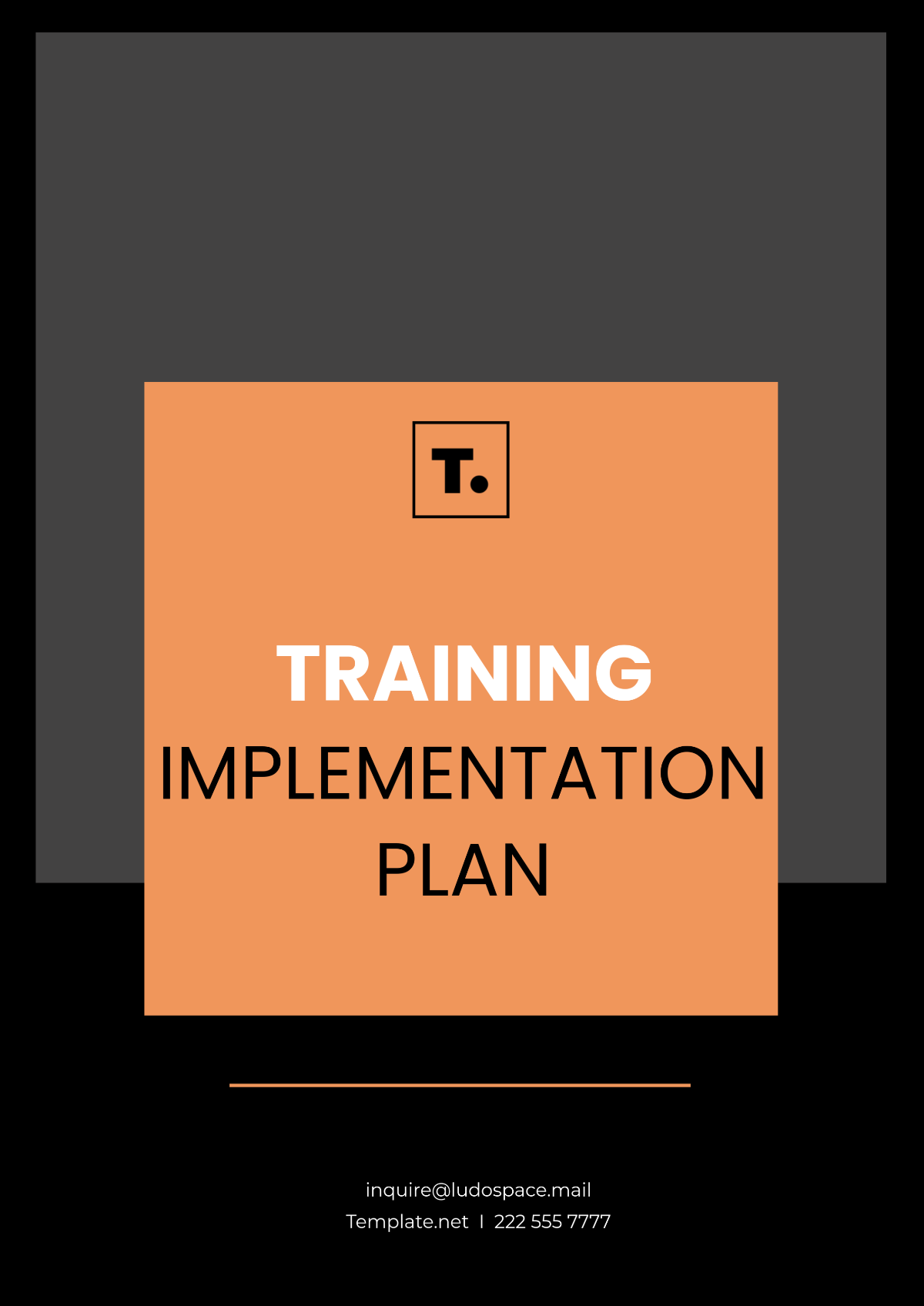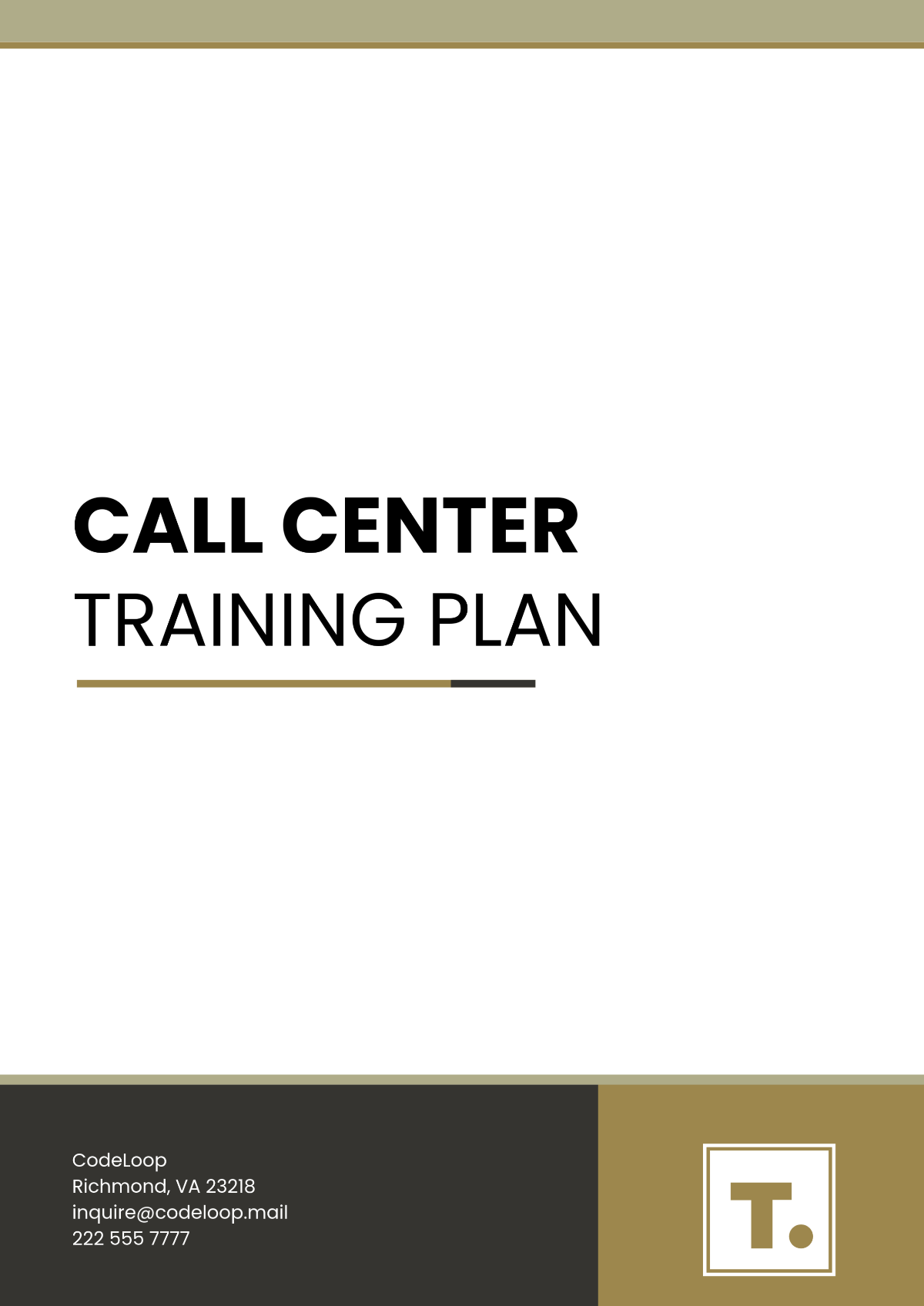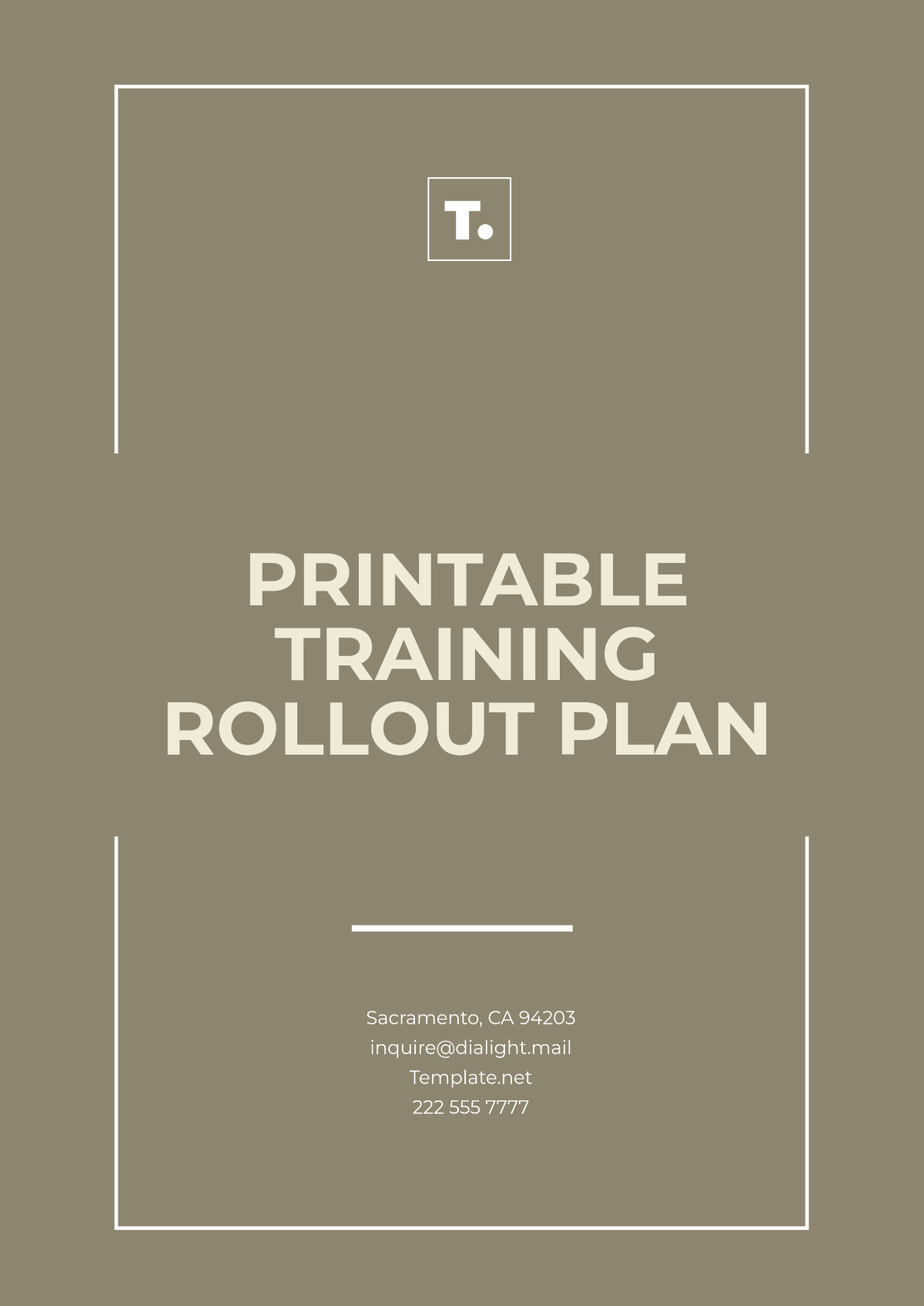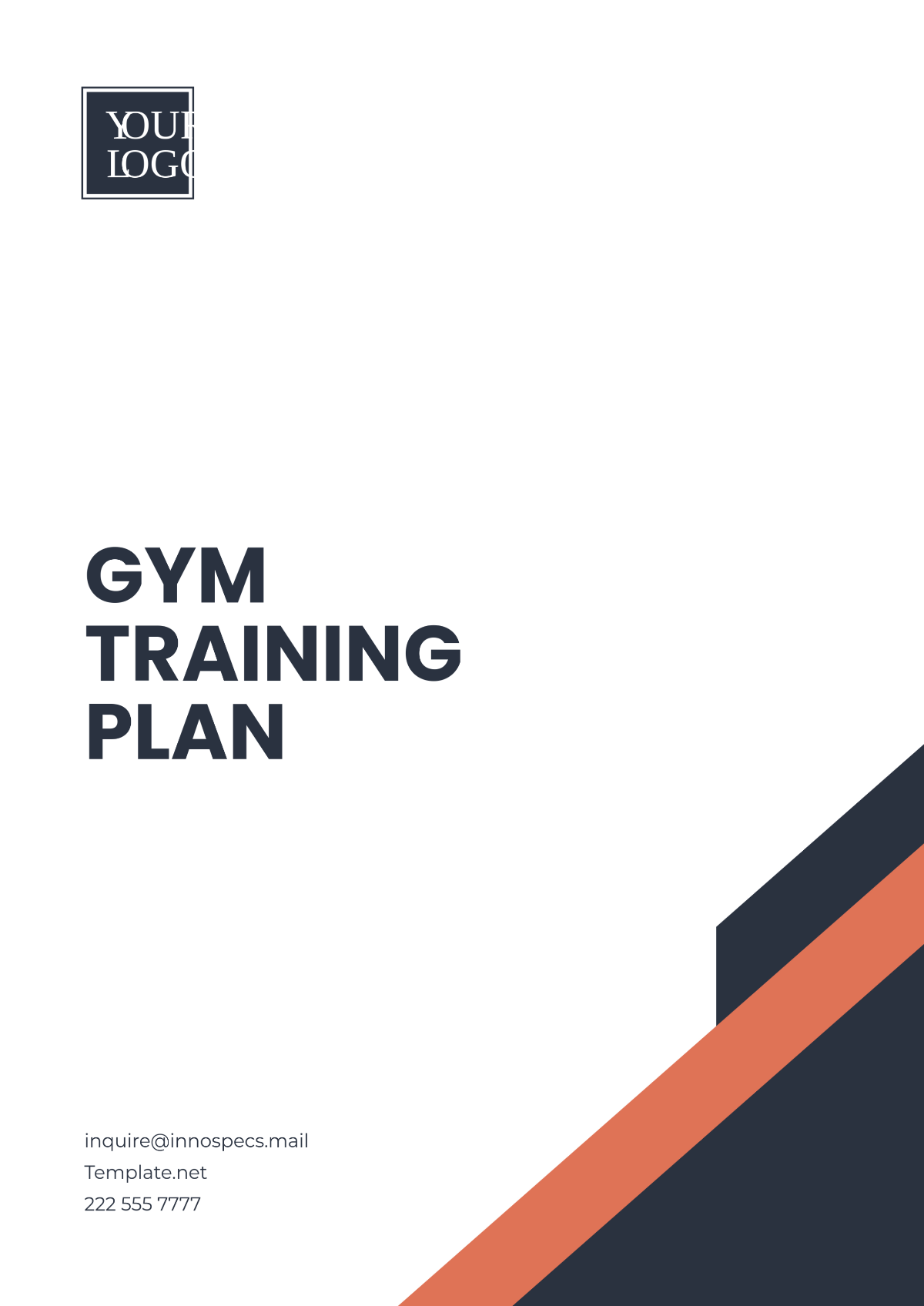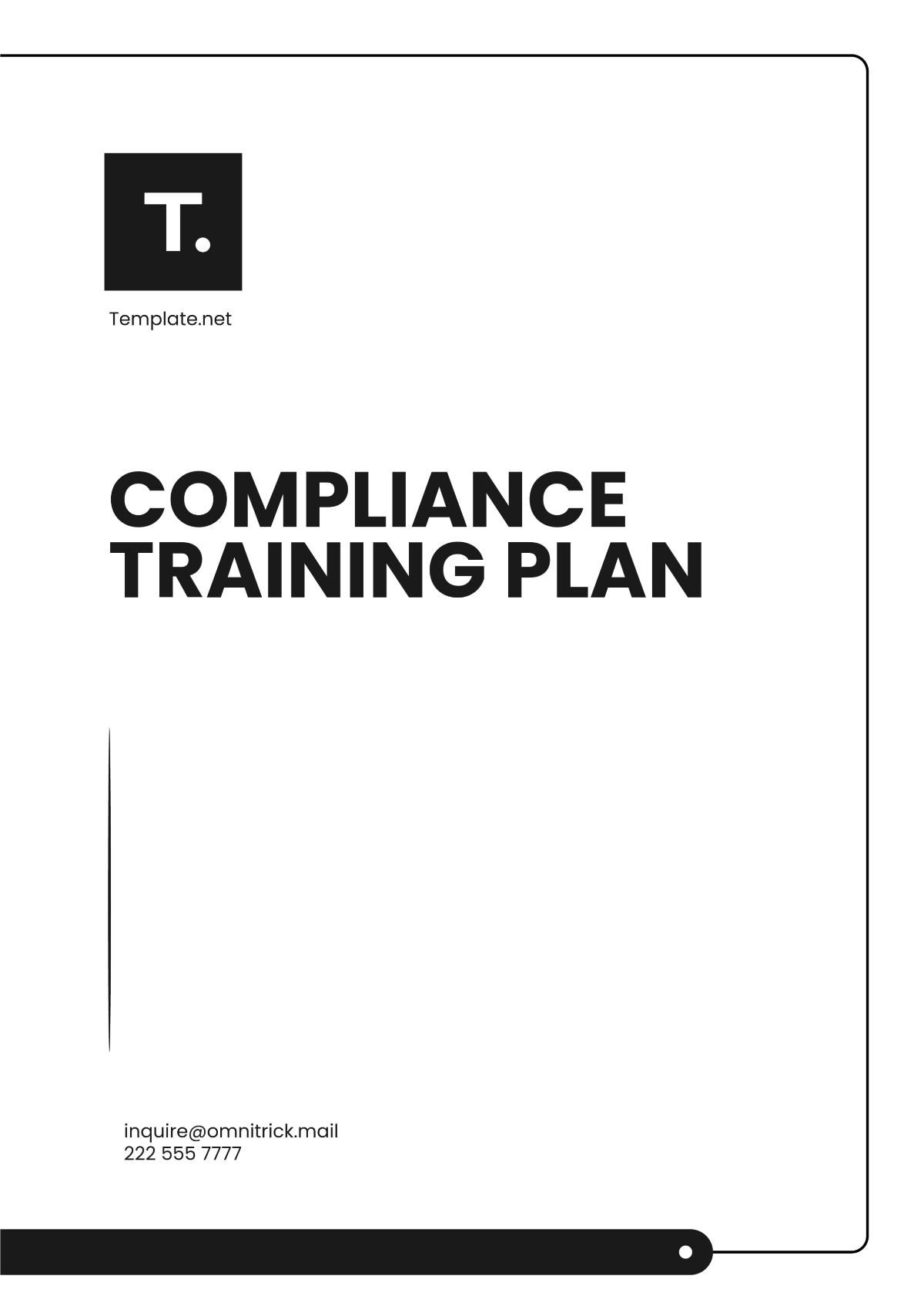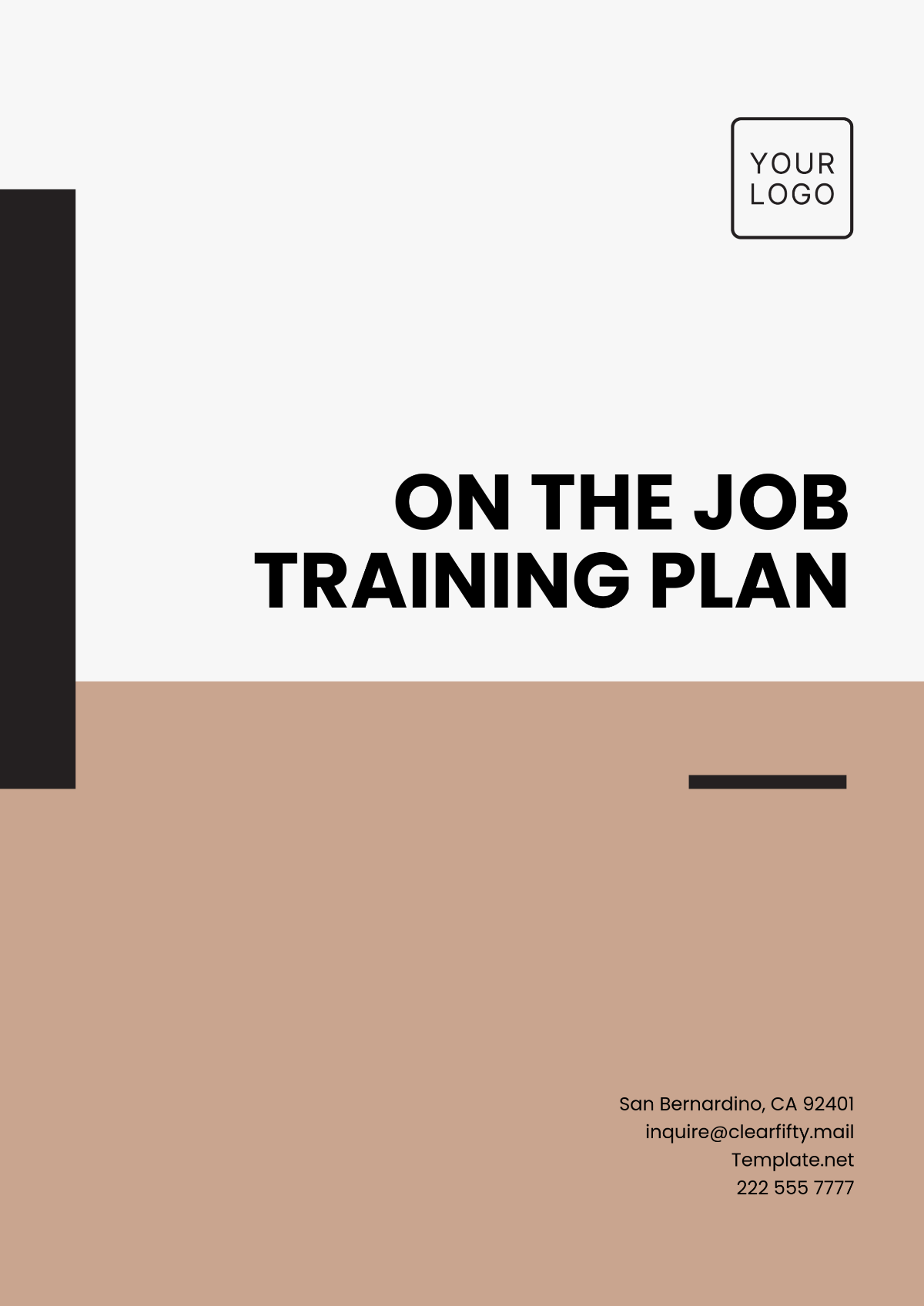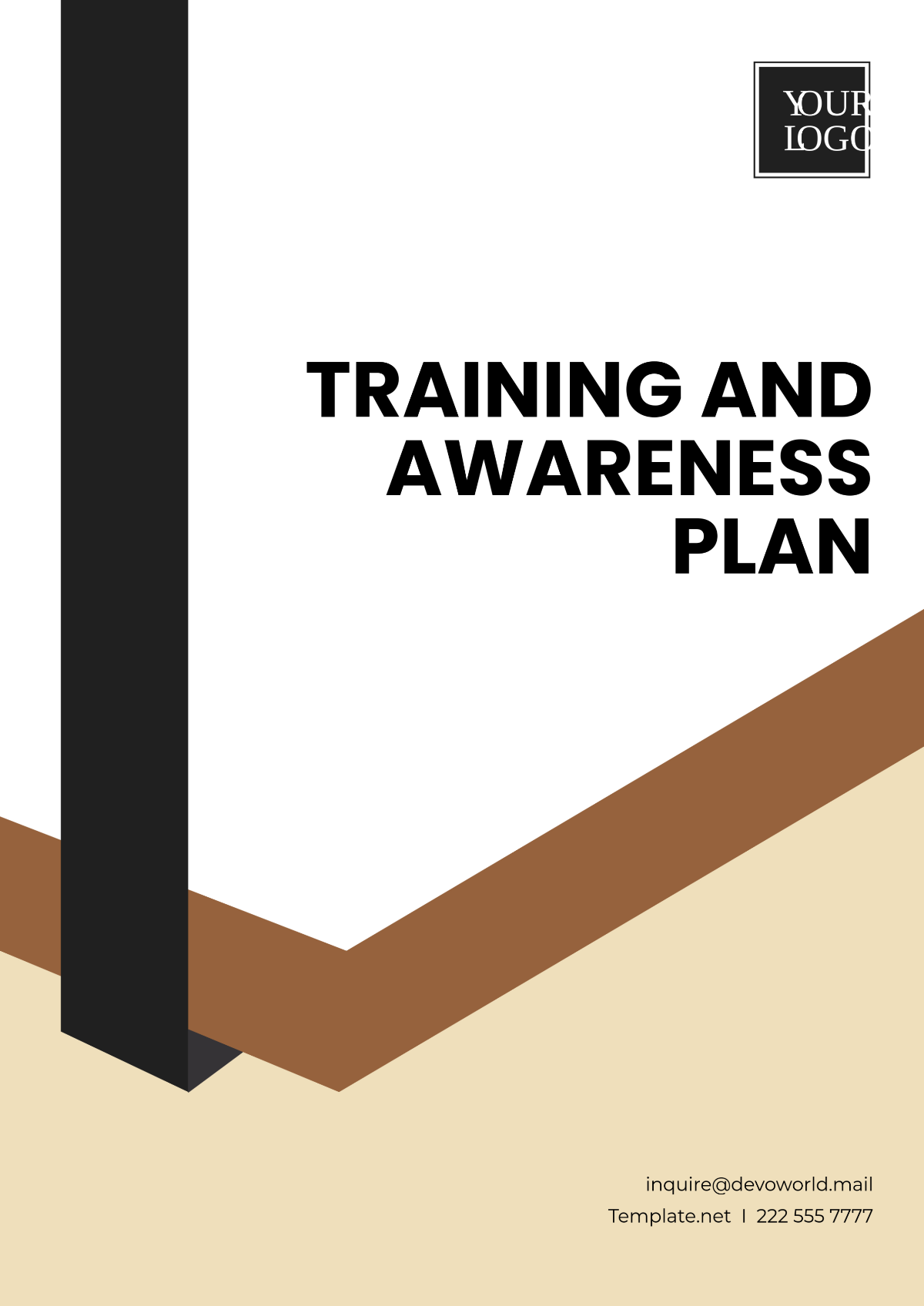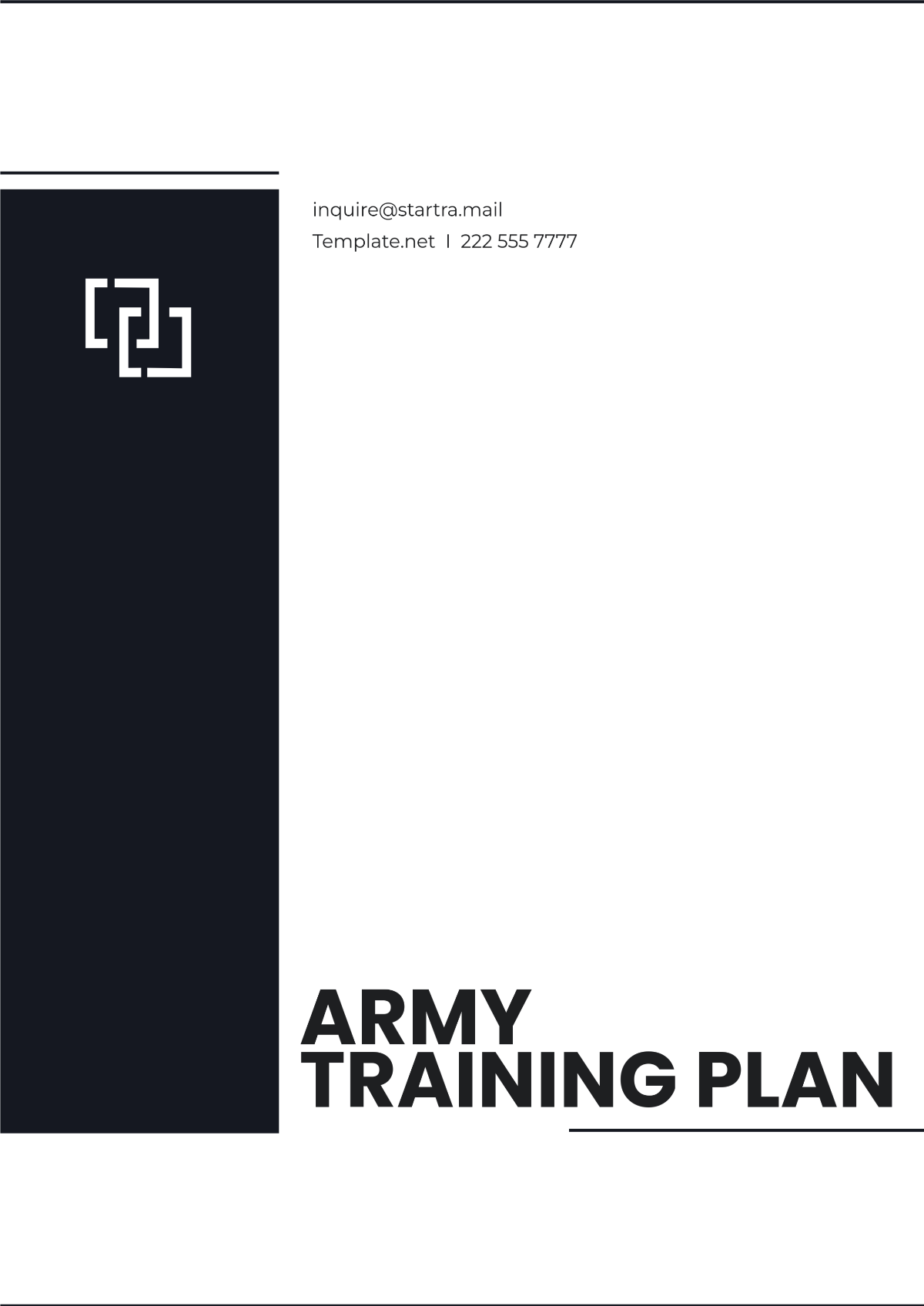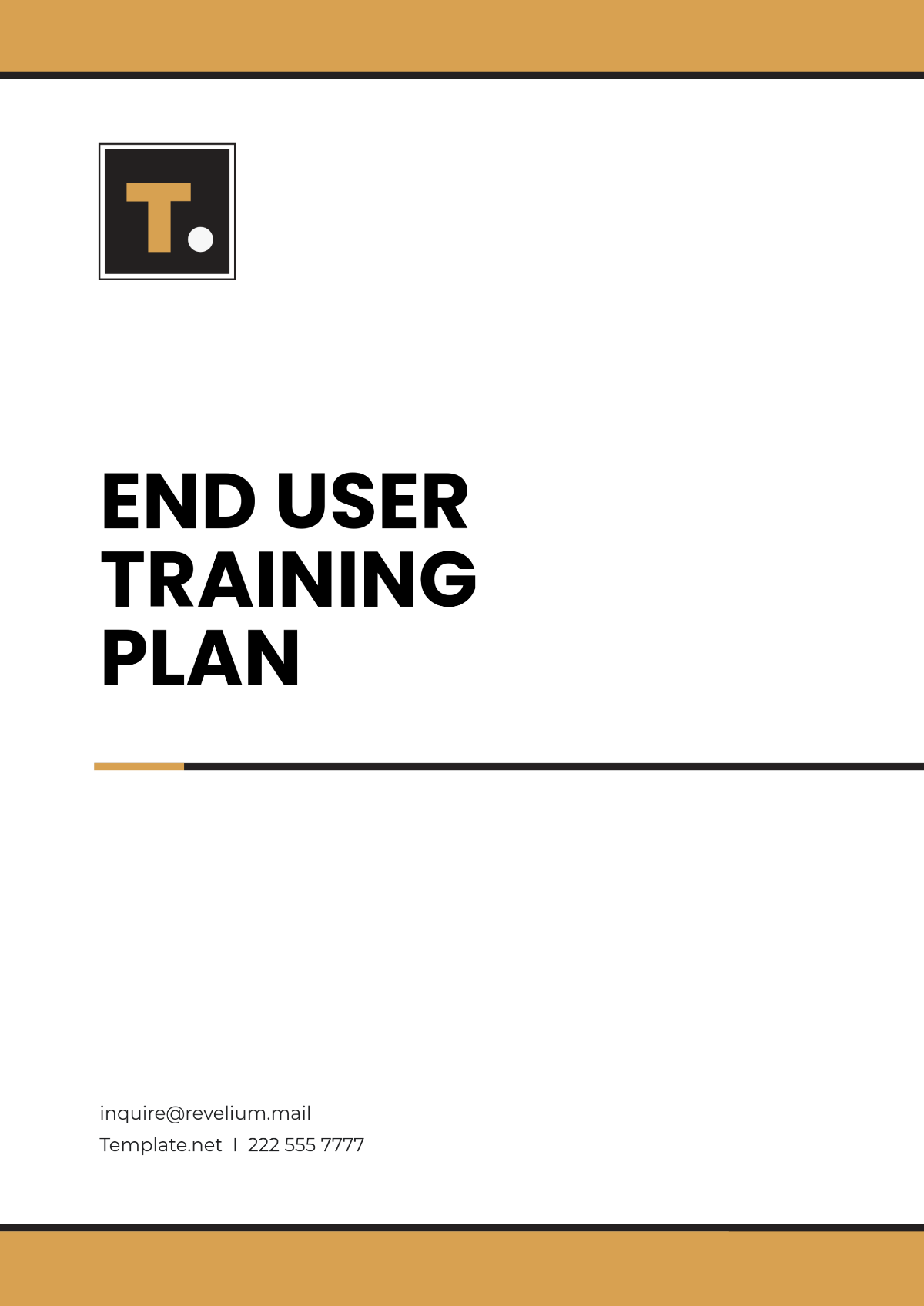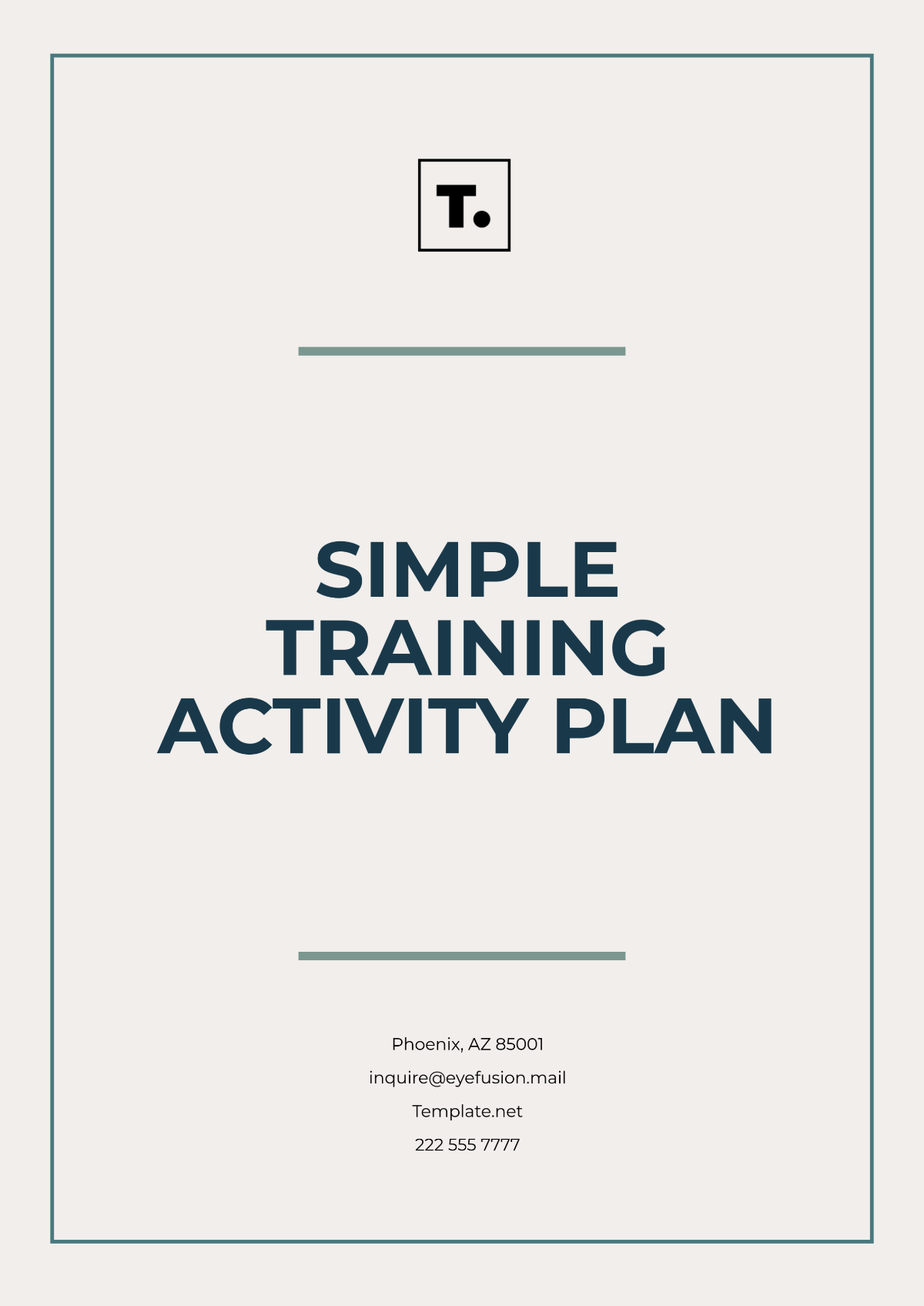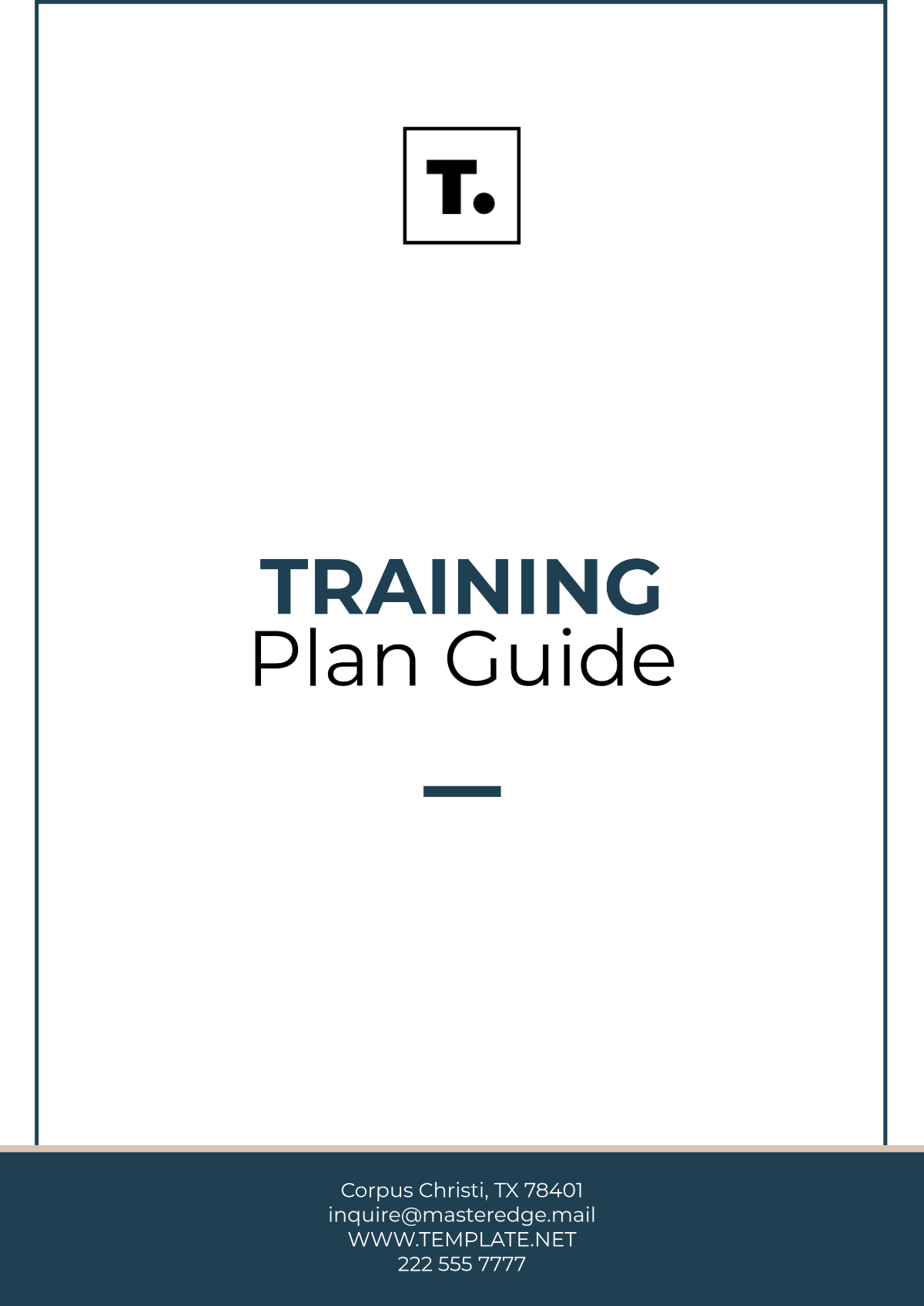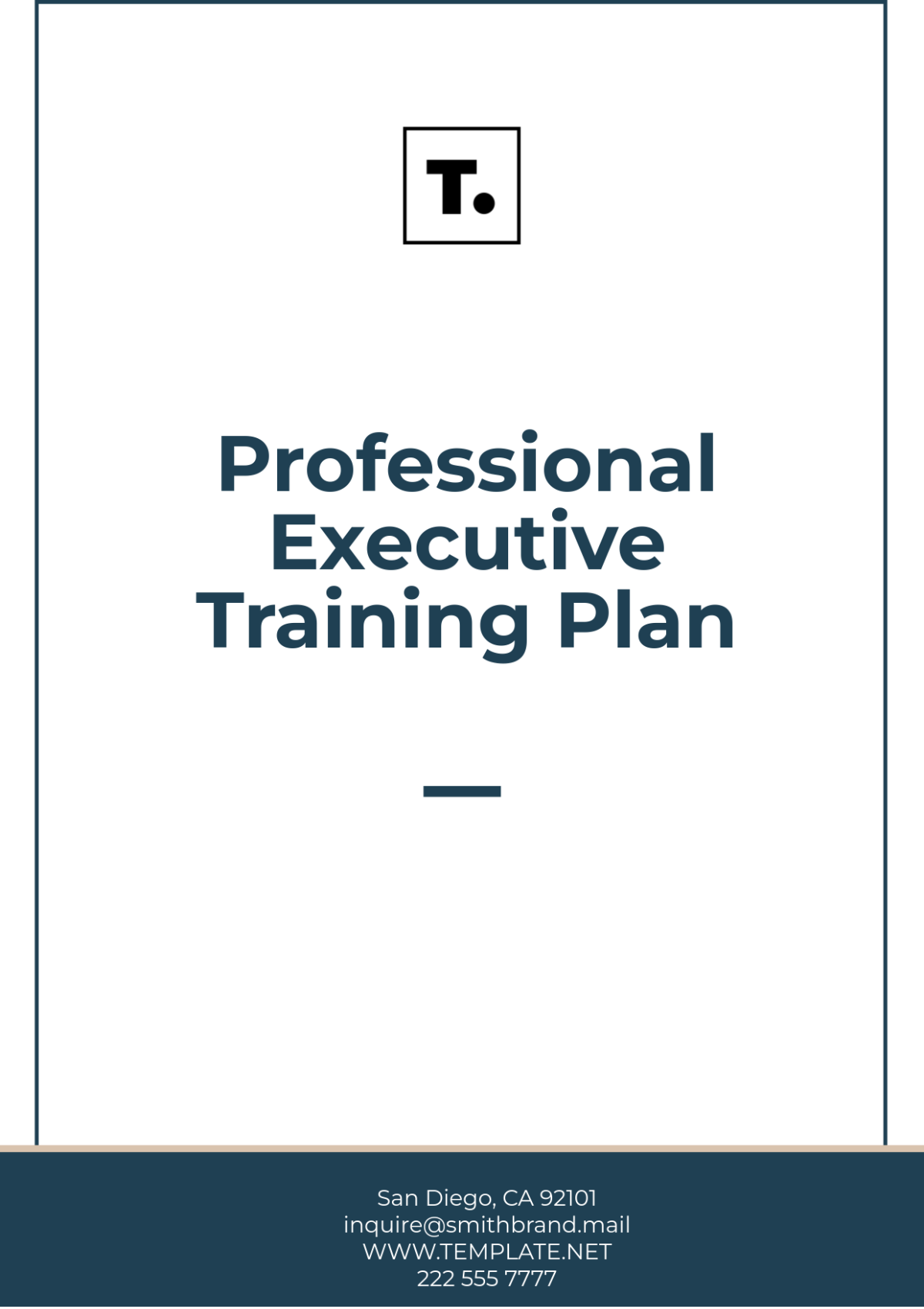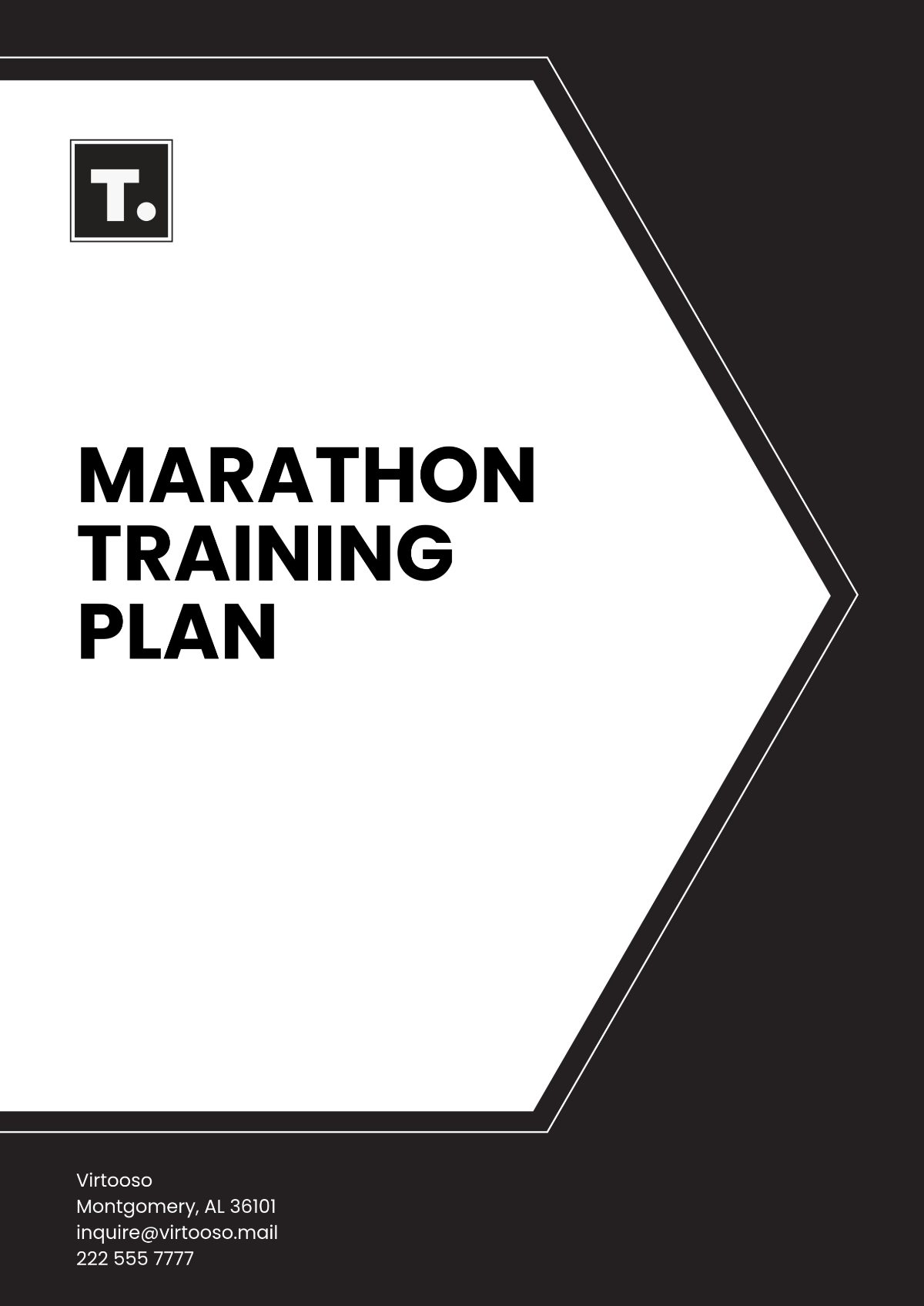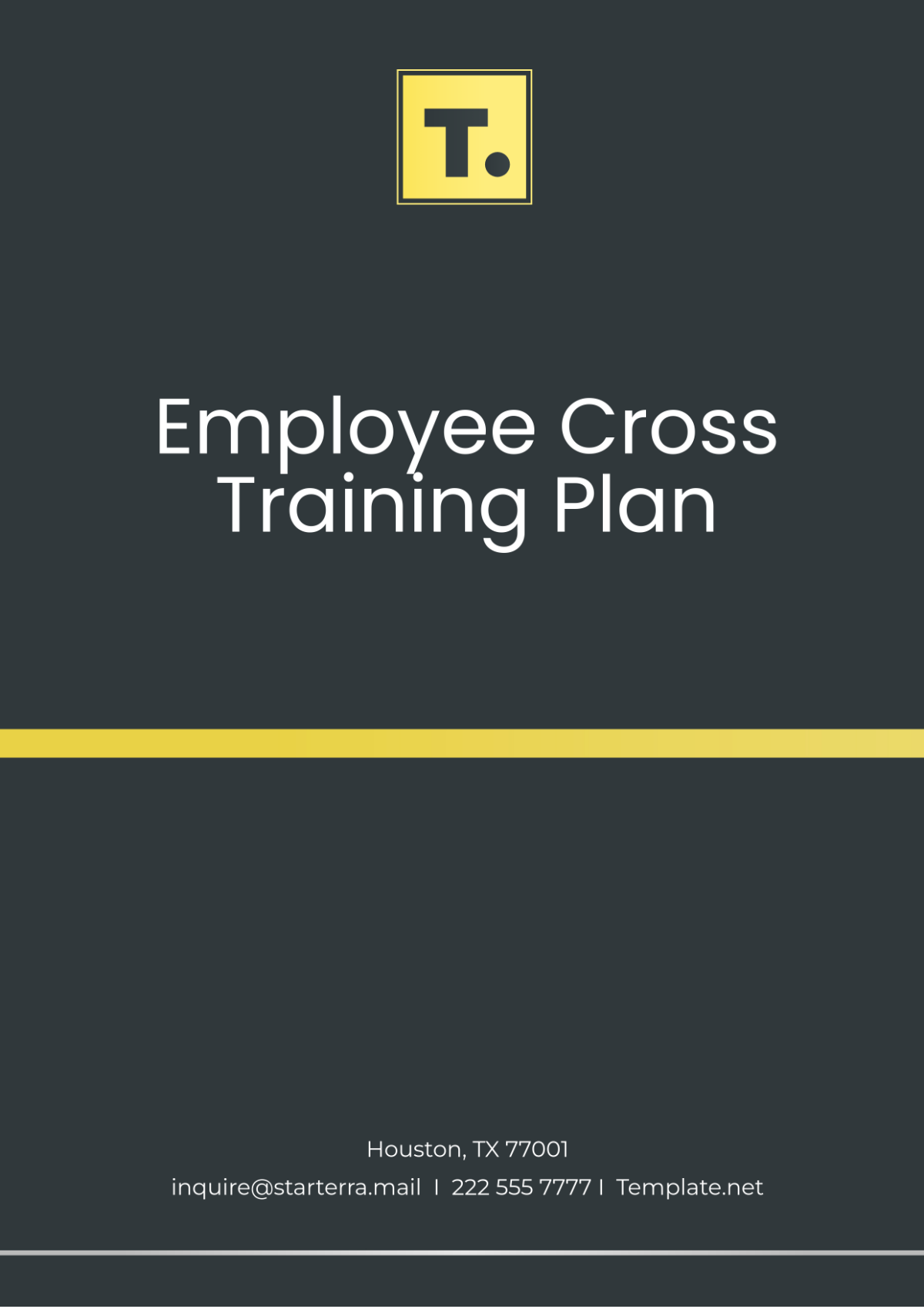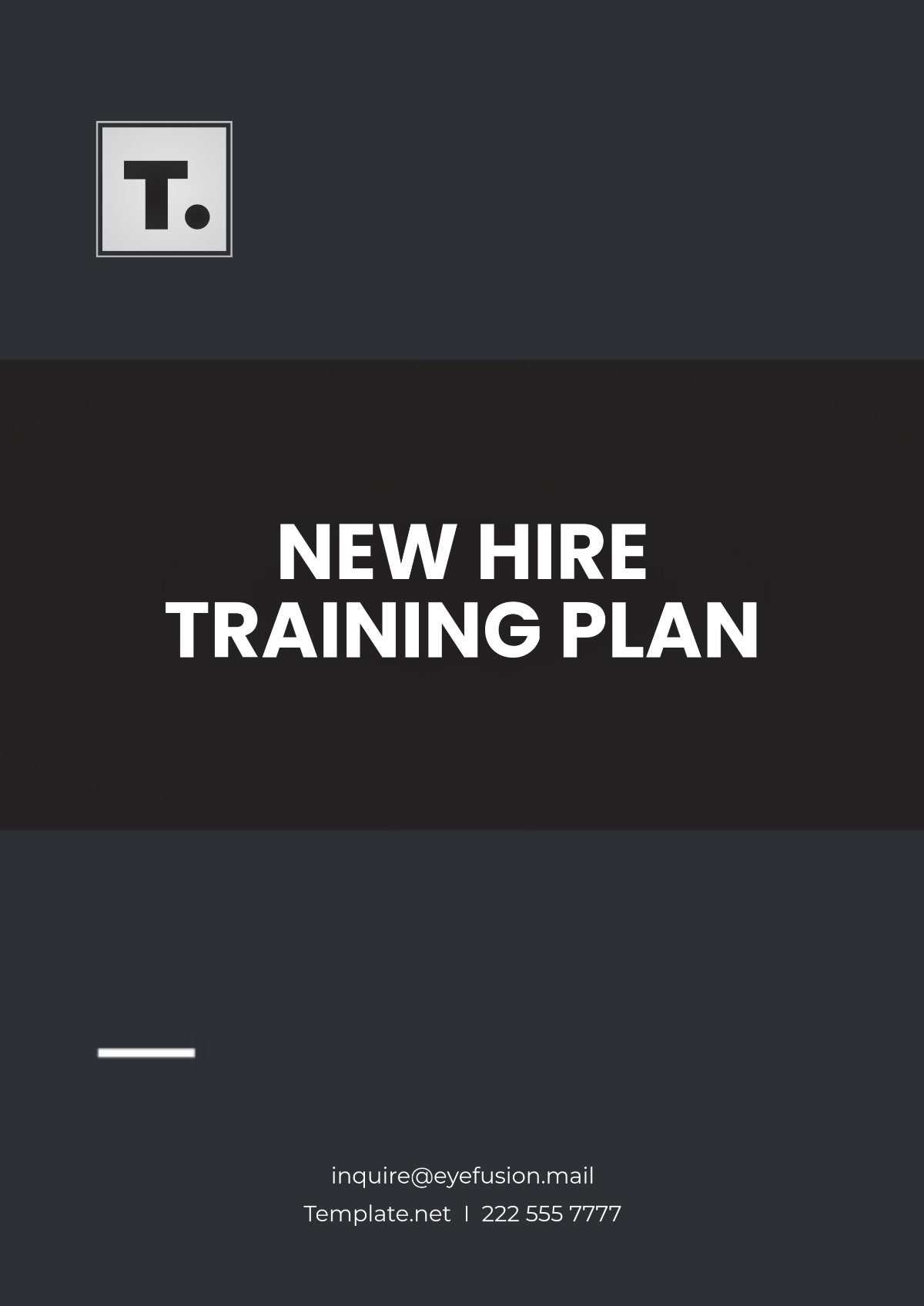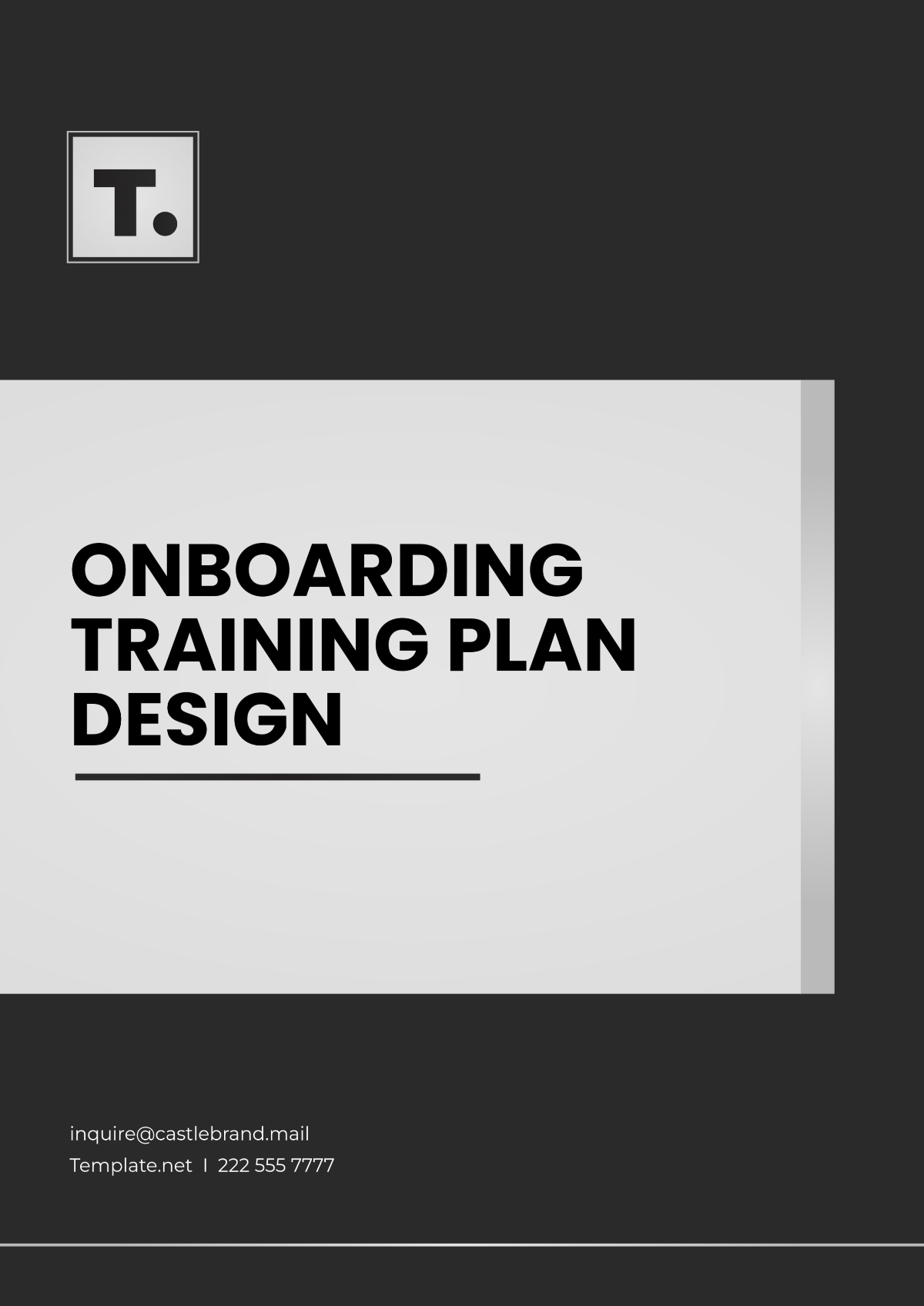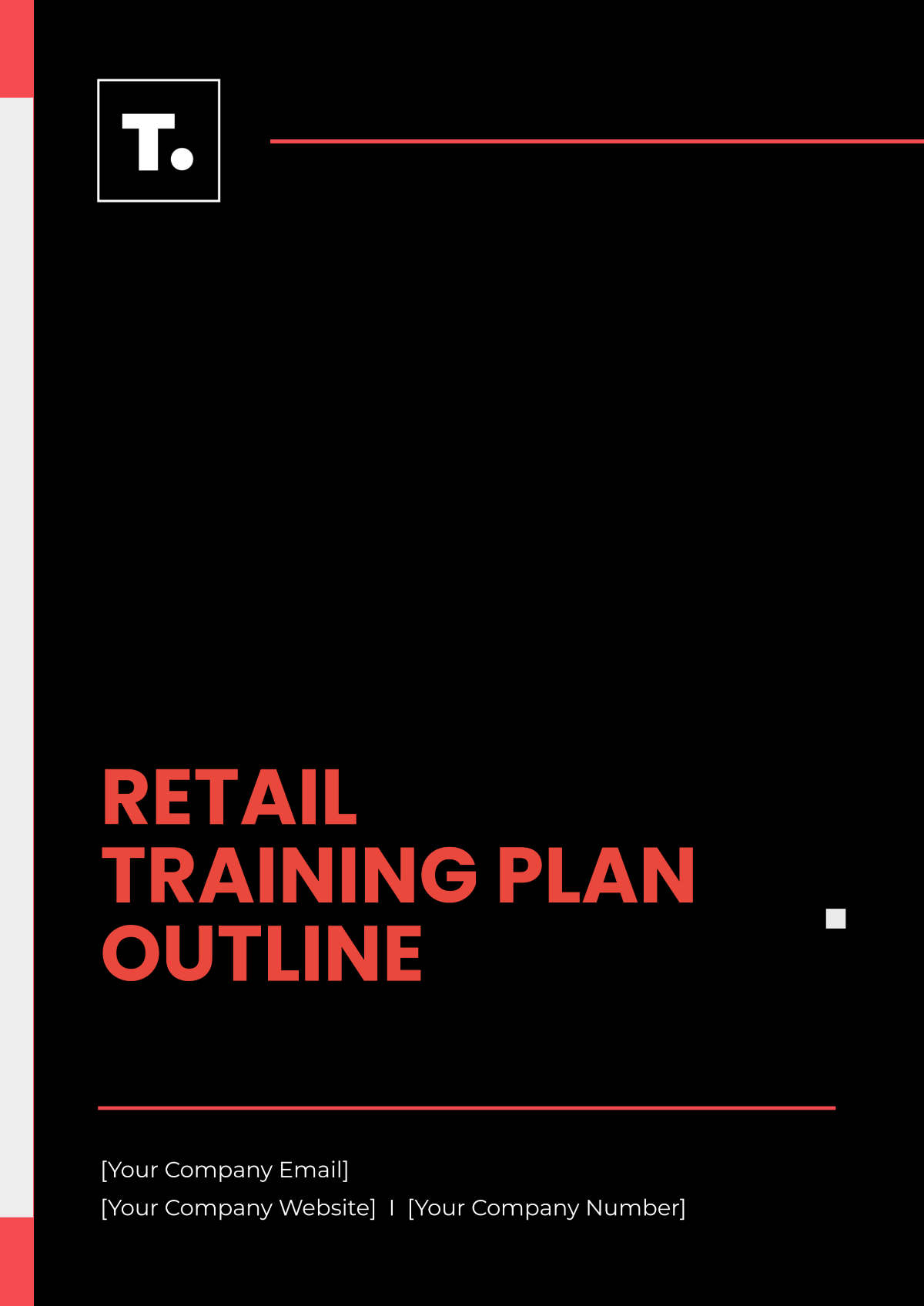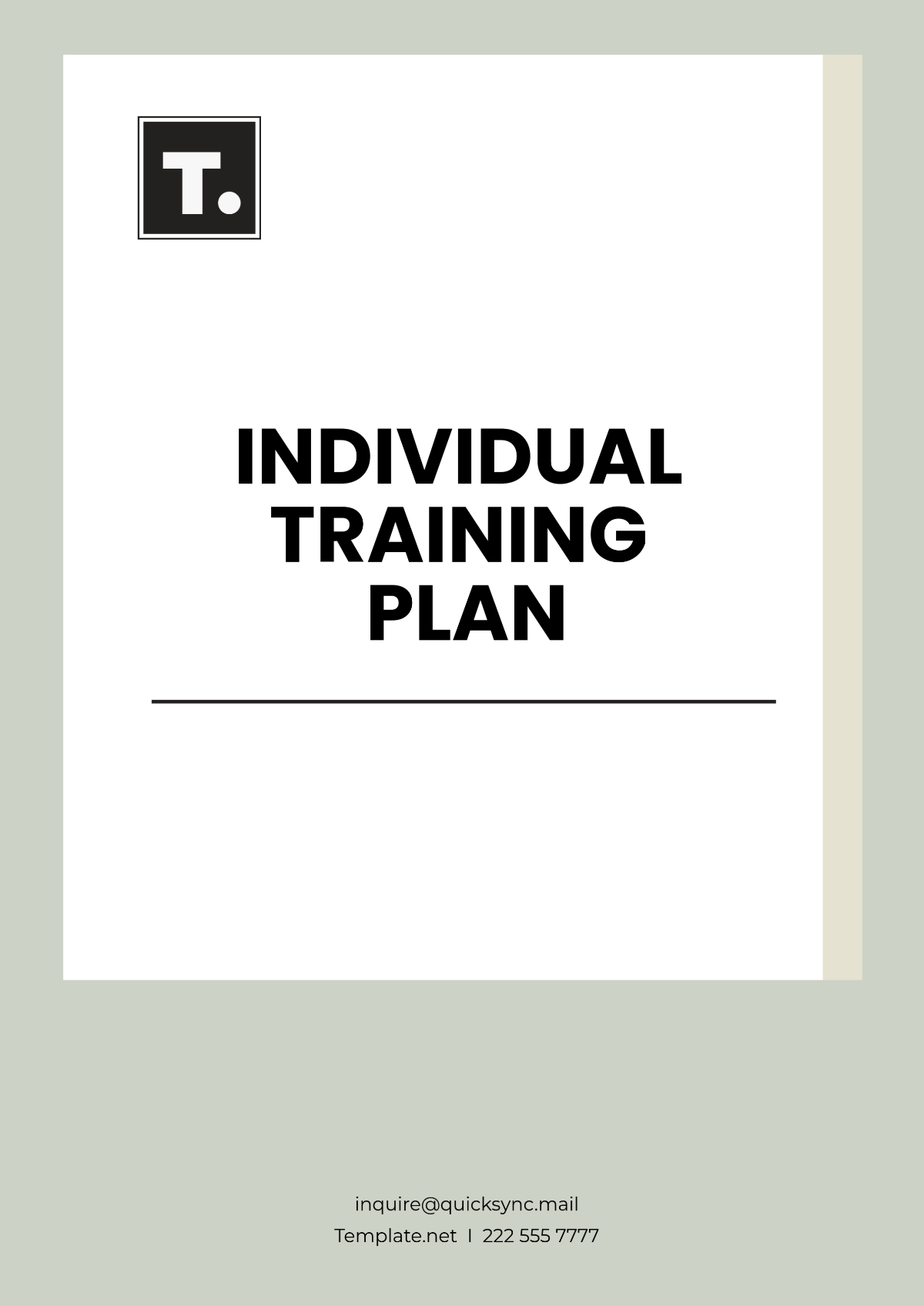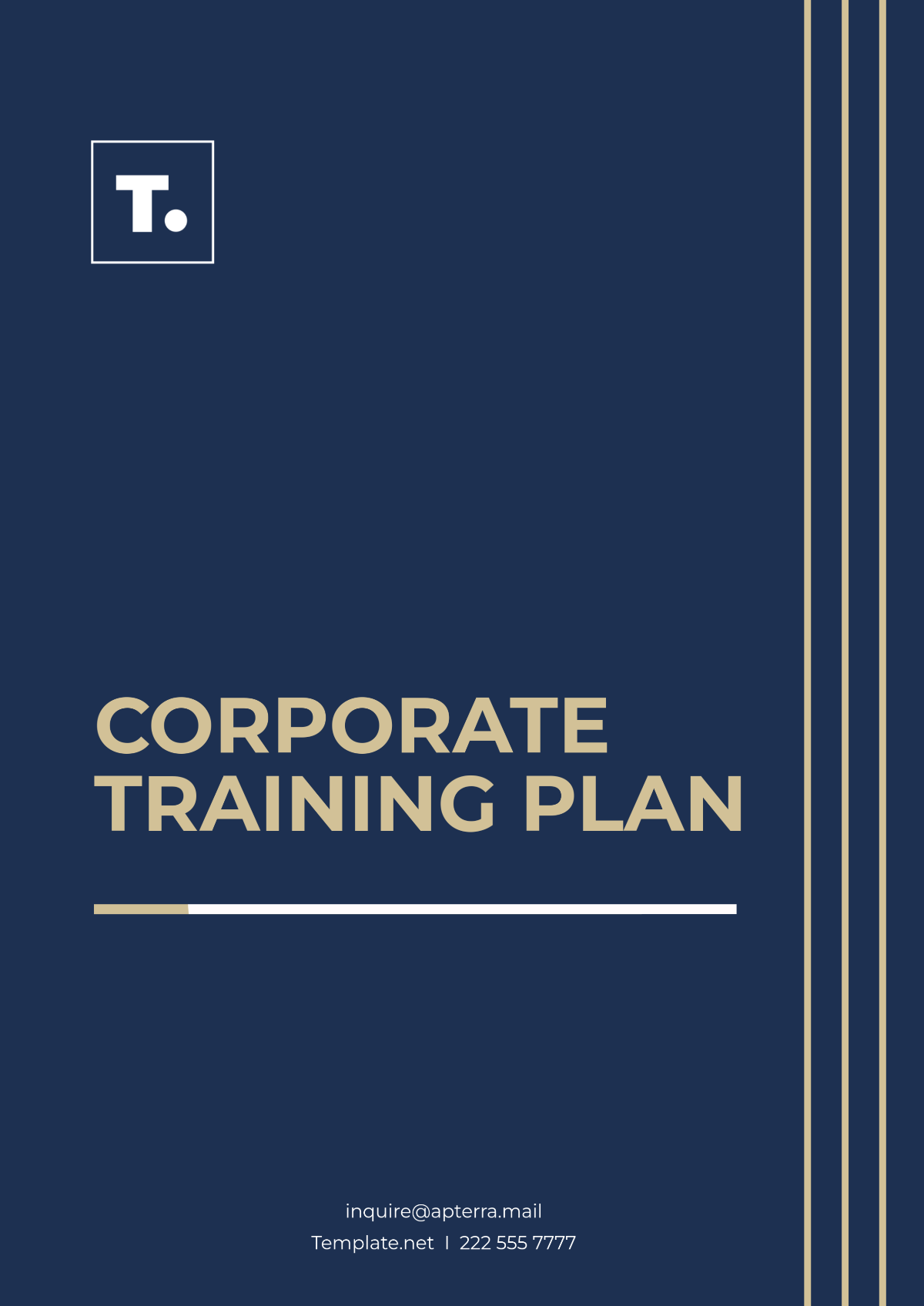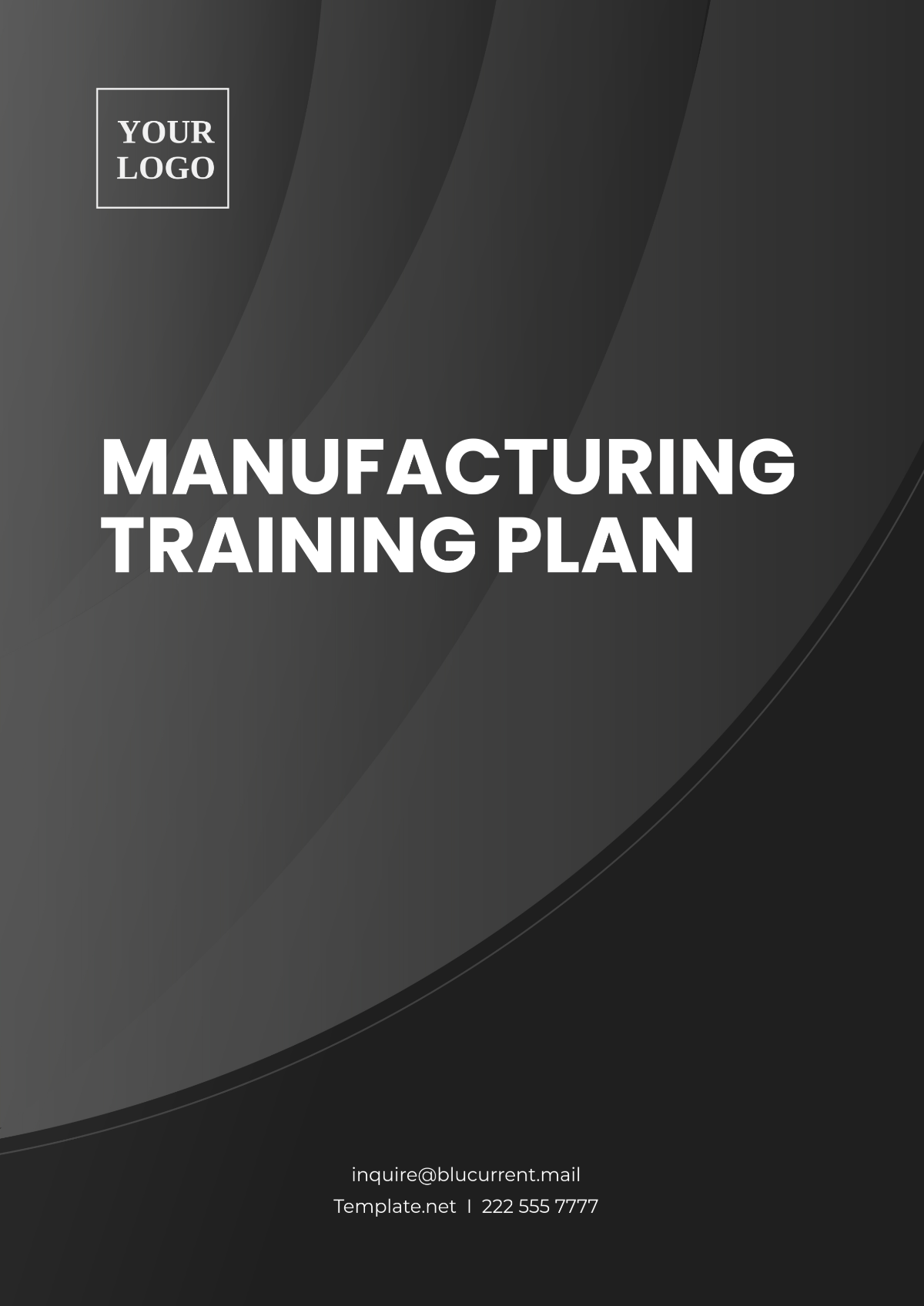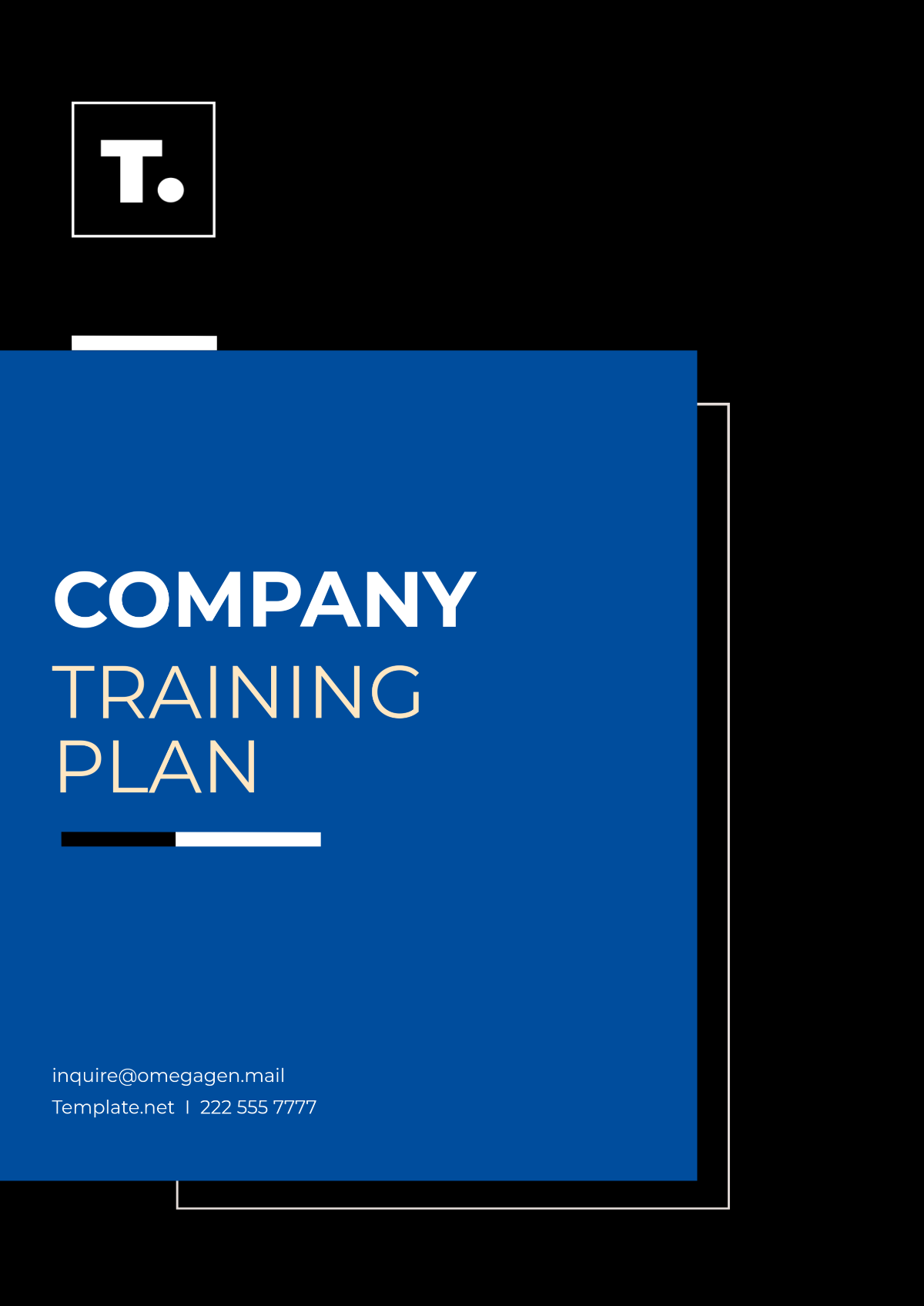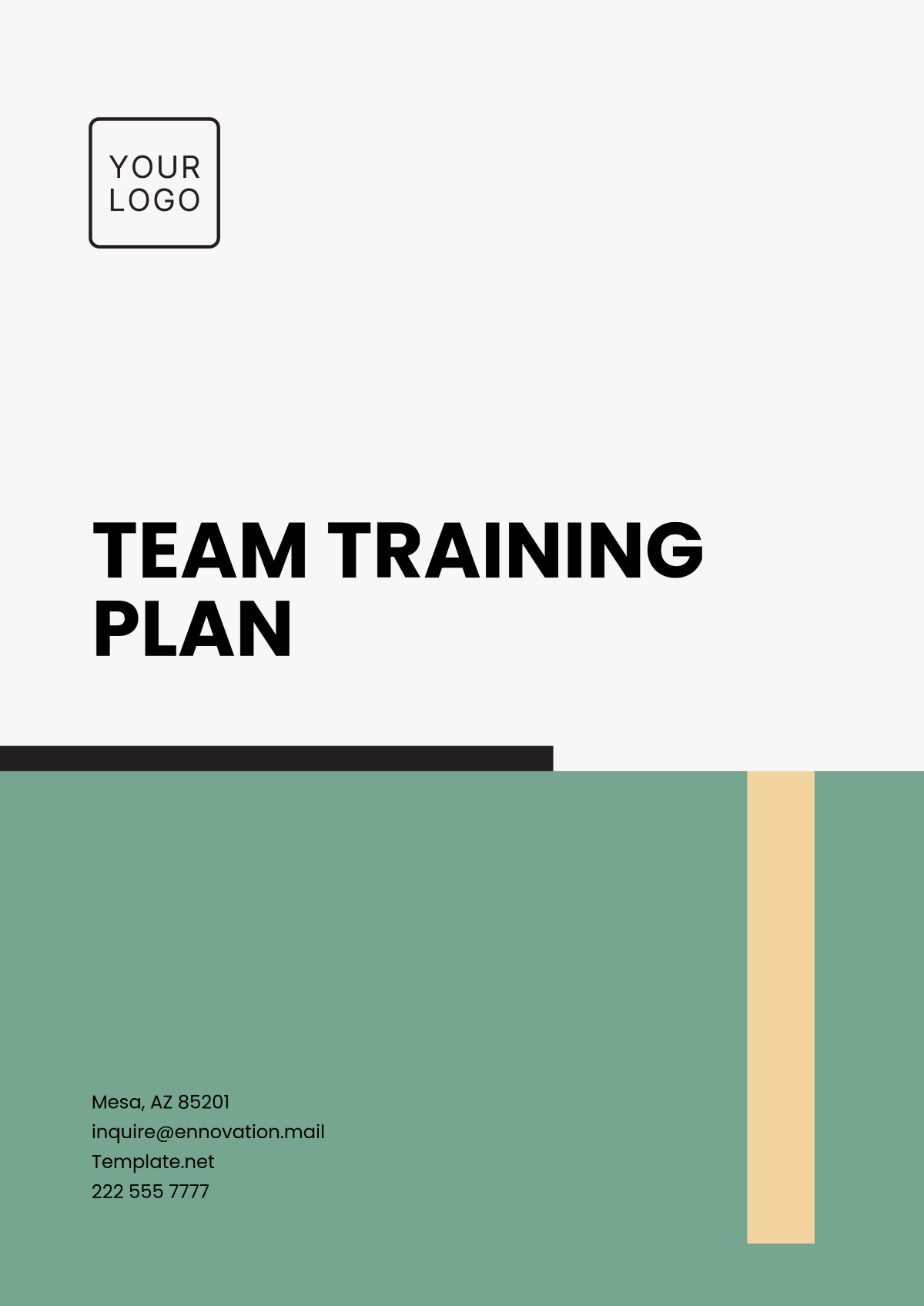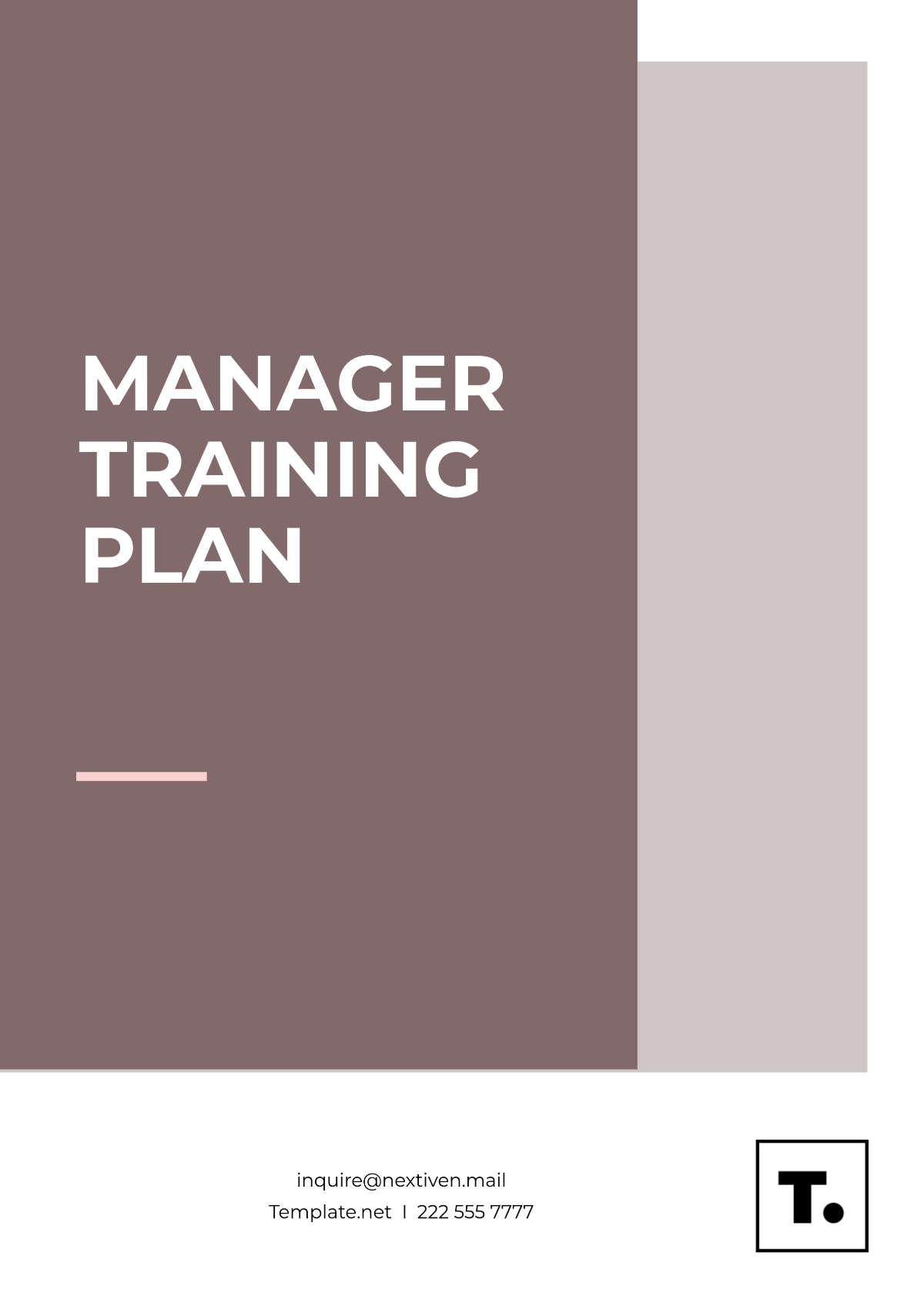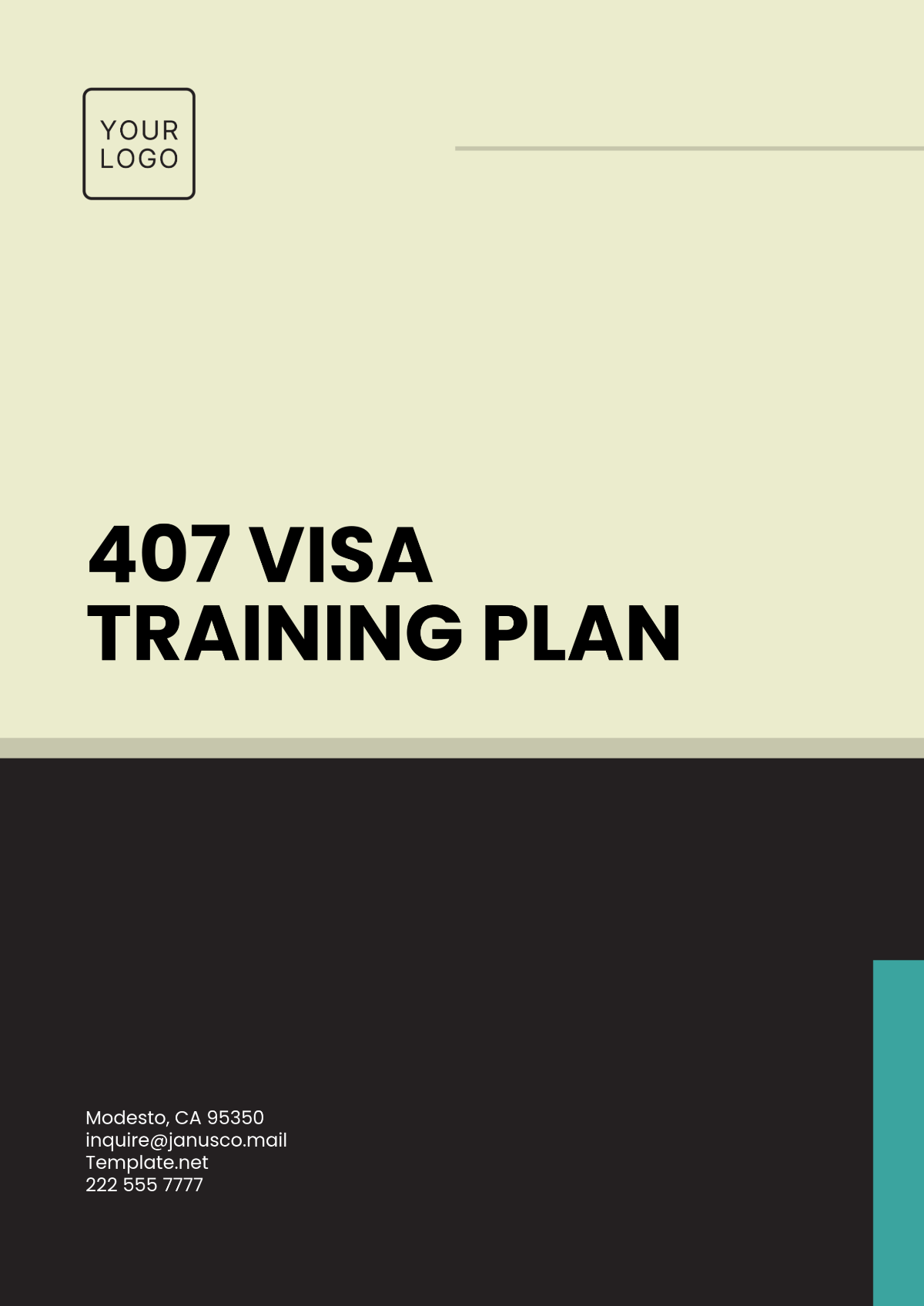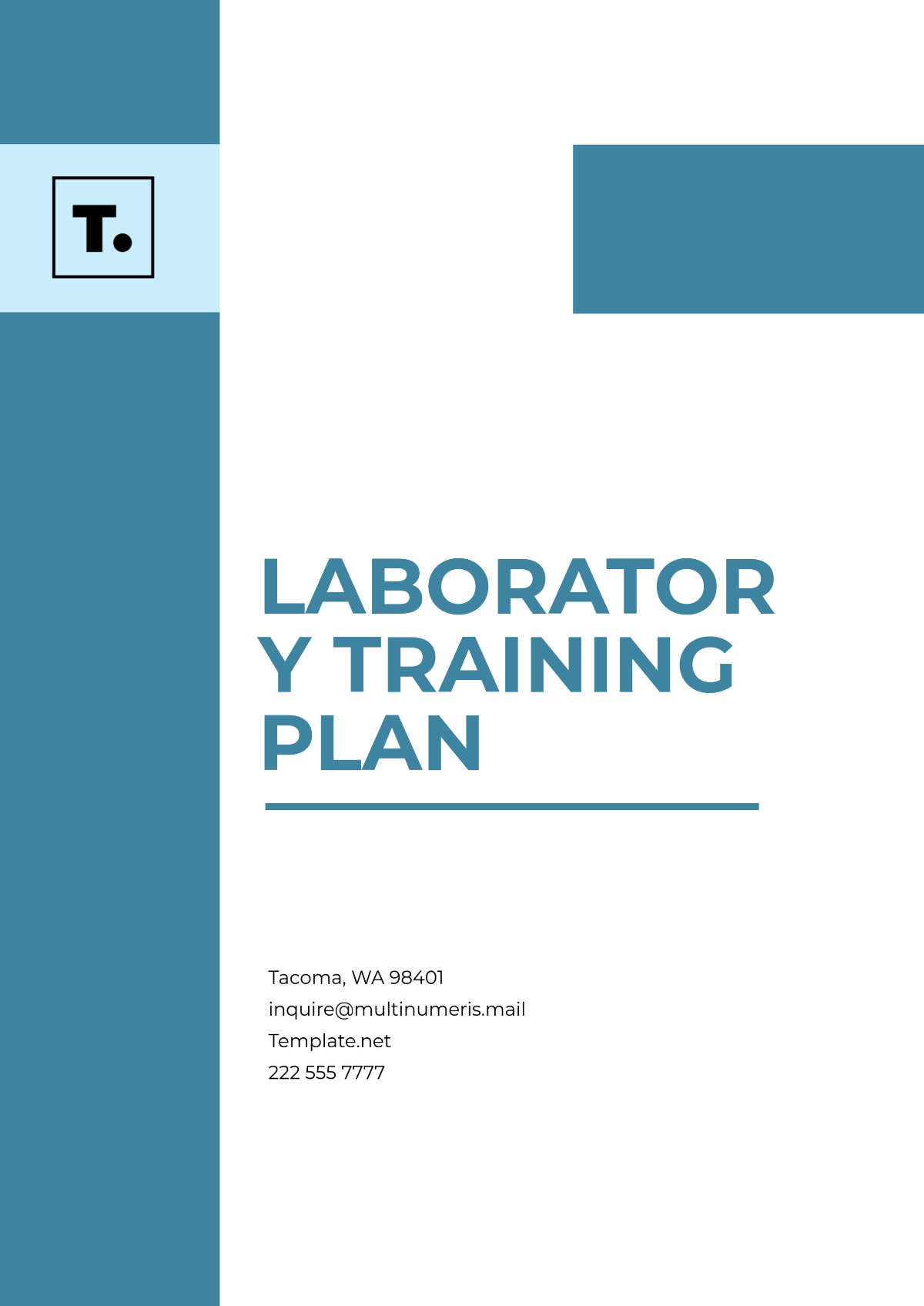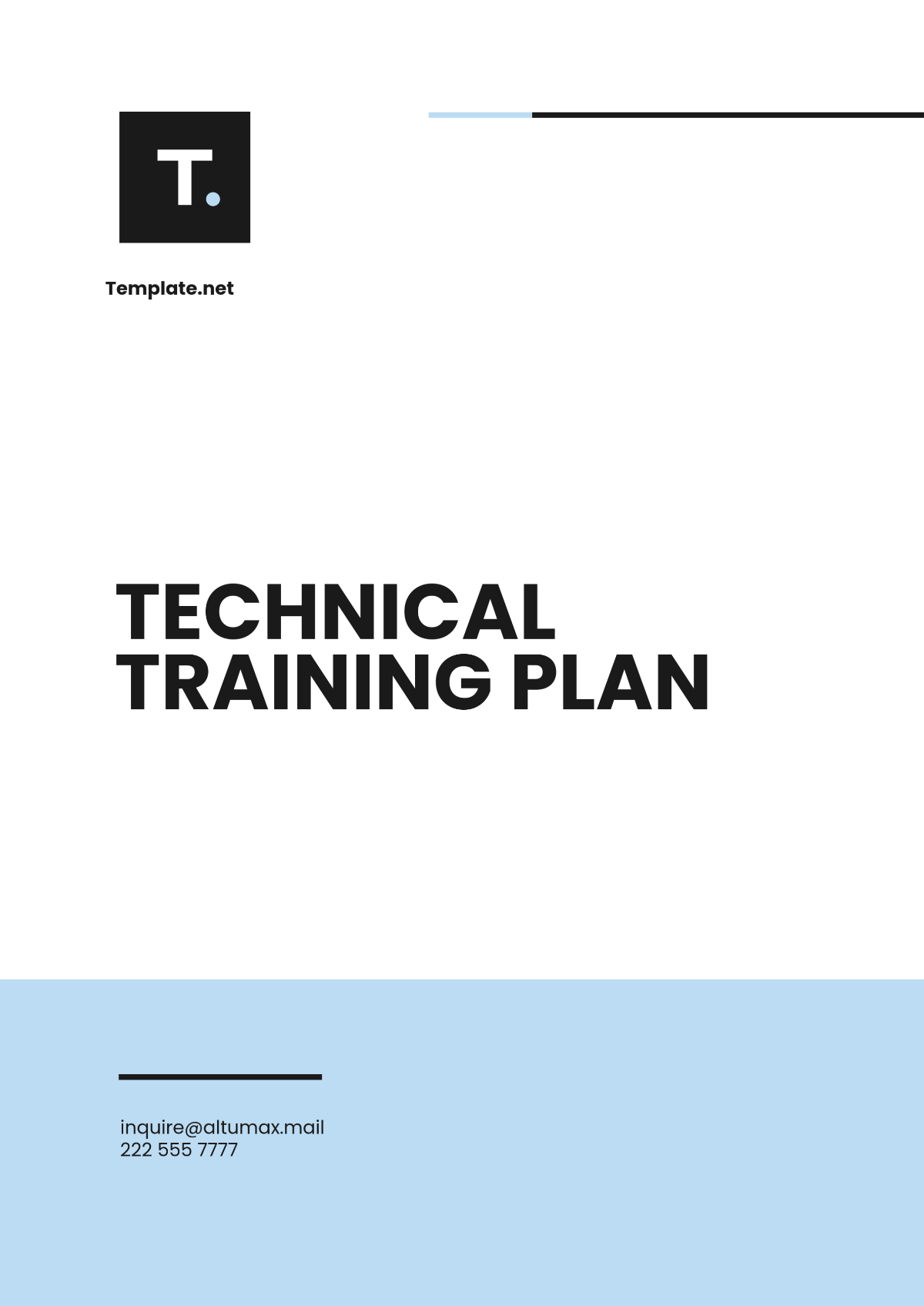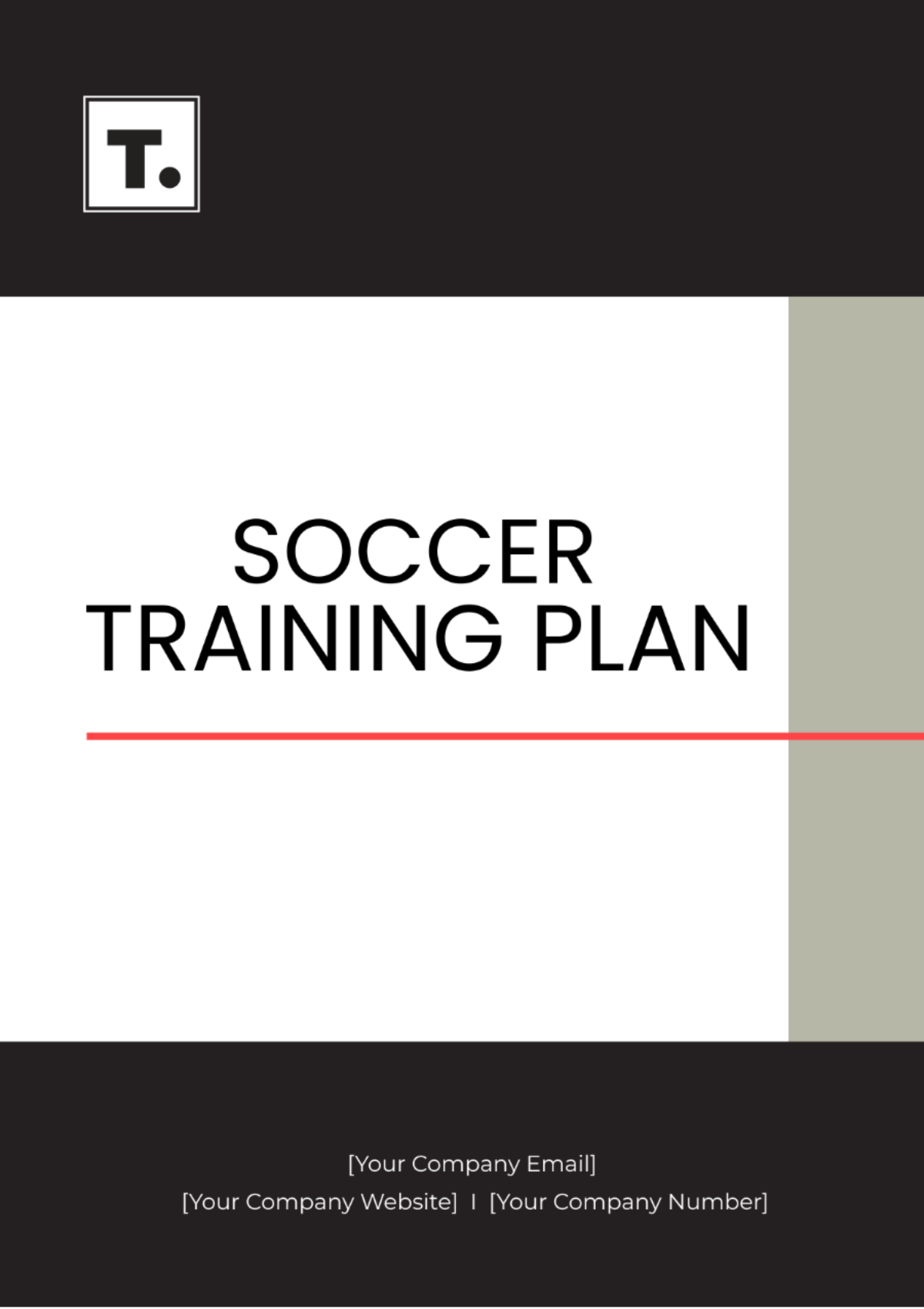Printable Training Rollout Plan
Written by: [Your Name]
I. Introduction
In an era marked by rapid technological advancements and evolving market dynamics, the ability of employees to continuously acquire and apply new skills is paramount. Recognizing this, [YOUR COMPANY NAME] presents the Skill Development Program, an initiative aimed at empowering our workforce with the competencies necessary to excel in their roles and contribute to the company's success. This Training Rollout Plan delineates the strategic roadmap for the seamless implementation of the program.
II. Objectives
Equipping Employees: Provide employees with advanced skills and knowledge tailored to their roles, fostering personal and professional growth.
Cultivating a Learning Culture: Cultivate a culture of continuous learning and development, wherein employees are encouraged to expand their skill sets and adapt to emerging trends.
Enhancing Performance: Improve employee performance and productivity through targeted skill enhancement initiatives.
Sustaining Competitiveness: Enhance [YOUR COMPANY NAME]'s competitive edge by ensuring that our workforce remains agile, innovative, and capable of meeting industry demands.
III. Target Audience
The Skill Development Program is open to all employees across various departments and hierarchical levels within [YOUR COMPANY NAME]. From entry-level associates to seasoned professionals, every individual is encouraged to participate and benefit from the tailored training interventions.
IV. Training Content
The Skill Development Program encompasses a comprehensive array of topics designed to address both current and future organizational needs. Key focus areas include:
Leadership and Management Skills: Equipping employees with the skills necessary to lead teams, manage projects, and drive organizational objectives.
Technical Skills Enhancement: Providing specialized training to enhance technical proficiencies relevant to employees' respective domains.
Communication and Interpersonal Skills: Cultivating effective communication, collaboration, and interpersonal abilities essential for success in a dynamic work environment.
Project Management: Developing project management capabilities to effectively plan, execute, and monitor initiatives, ensuring timely and successful outcomes.
Innovation and Problem-Solving: Nurturing a culture of innovation and critical thinking, empowering employees to identify opportunities and devise creative solutions.
V. Delivery Methods
To cater to diverse learning preferences and operational requirements, the Skill Development Program will employ a blend of delivery methods, including:
Instructor-Led Workshops: Interactive sessions facilitated by subject matter experts to impart theoretical knowledge and practical insights.
Online Courses and Modules: Self-paced e-learning modules accessible via [YOUR COMPANY NAME]'s learning management system, providing flexibility and convenience.
Hands-On Practical Exercises: Application-oriented exercises and simulations designed to reinforce learning outcomes and build proficiency.
Peer Learning and Collaboration: Opportunities for peer-to-peer knowledge sharing, group discussions, and collaborative projects to enhance learning effectiveness.
VI. Timeline
Phase | Duration | Activities |
|---|---|---|
Needs Assessment | June 2050 | Conduct comprehensive needs assessment to identify skill gaps and training requirements. |
Program Development | July - September 2050 | Collaborate with subject matter experts and instructional designers to develop customized training modules. |
Pilot Phase | October - November 2050 | Implement a pilot phase involving a select group of participants to test training materials and gather feedback. |
Full Rollout | December 2050 - February 2051 | Launch Skill Development Program company-wide, delivering scheduled training sessions and providing ongoing support. |
VII. Resources Needed
Successful execution of the Skill Development Program necessitates the allocation of various resources, including:
Training Facilitators and Instructors: Experienced trainers and subject matter experts to deliver engaging and impactful training sessions.
Training Materials and Resources: Development of high-quality training materials, including presentations, handouts, and online resources.
Training Venue or Virtual Learning Platforms: Provision of suitable training venues or virtual learning platforms equipped with requisite technology and resources.
Evaluation Tools and Feedback Mechanisms: Implementation of robust evaluation mechanisms to measure training effectiveness and gather participant feedback for continuous improvement.
VIII. Evaluation and Monitoring
Continuous evaluation and monitoring are integral components of the Skill Development Program's success. Key evaluation strategies include:
Pre- and Post-Assessments: Conducting assessments before and after training interventions to gauge knowledge acquisition and skill improvement.
Participant Feedback Surveys: Soliciting feedback from participants regarding the relevance, effectiveness, and overall satisfaction with the training program.
Performance Metrics Analysis: Analyzing key performance indicators (KPIs) to assess the impact of skill development initiatives on individual and organizational performance.
Stakeholder Reviews: Engaging stakeholders at various levels to review program outcomes, identify areas for enhancement, and ensure alignment with organizational objectives.
IX. Conclusion
The Skill Development Program represents a strategic investment in the growth and success of [YOUR COMPANY NAME]. By equipping our workforce with the skills and knowledge needed to navigate today's complex business landscape, we reinforce our commitment to innovation, excellence, and sustainable growth. As we embark on this transformative journey, let us harness the power of learning to unlock new possibilities and drive collective success.
